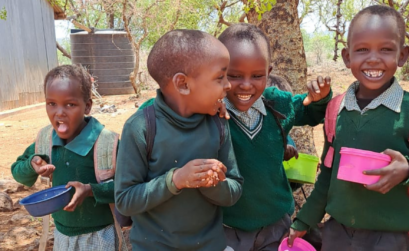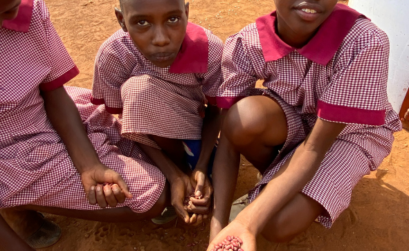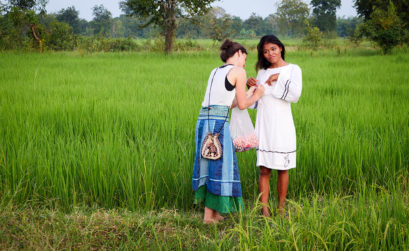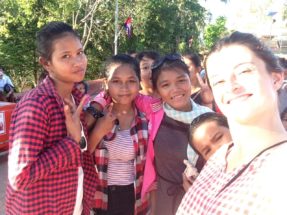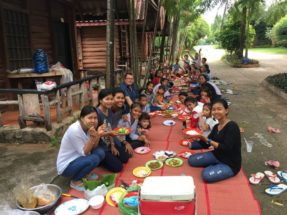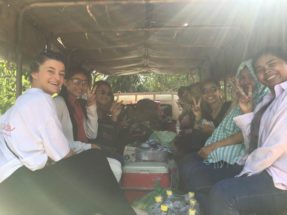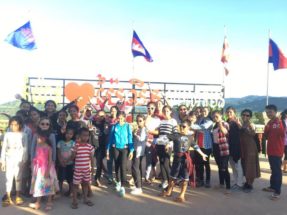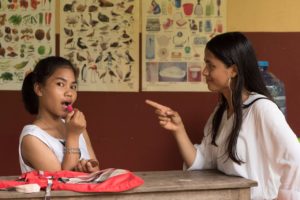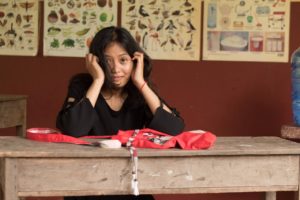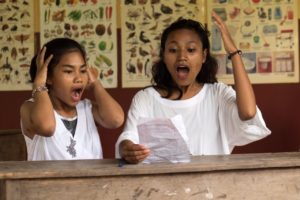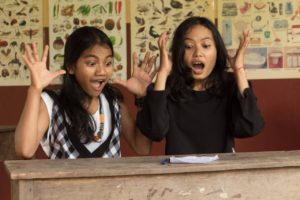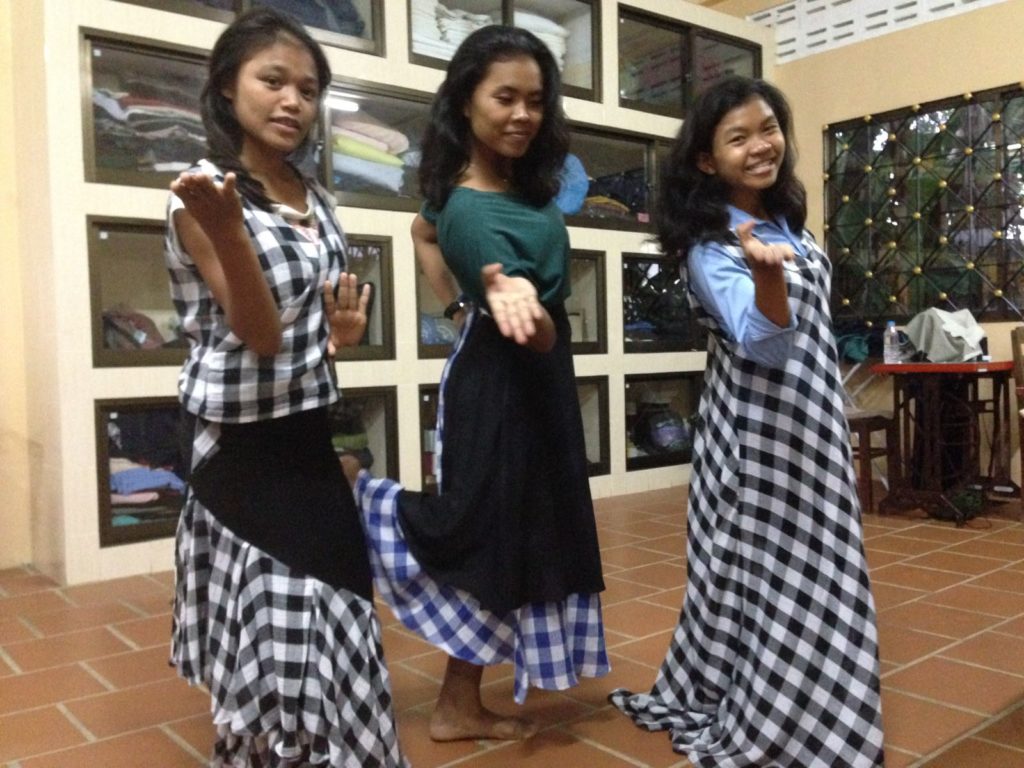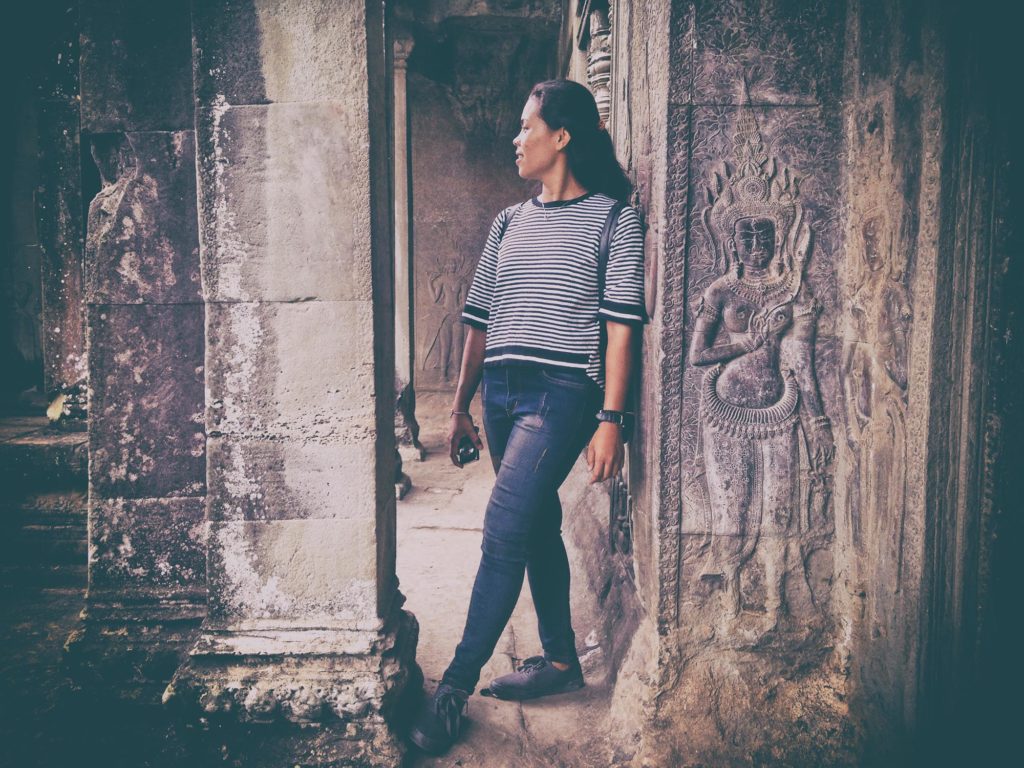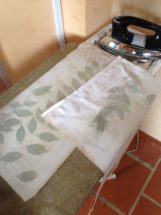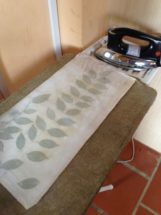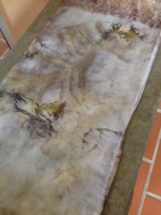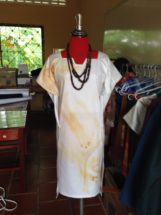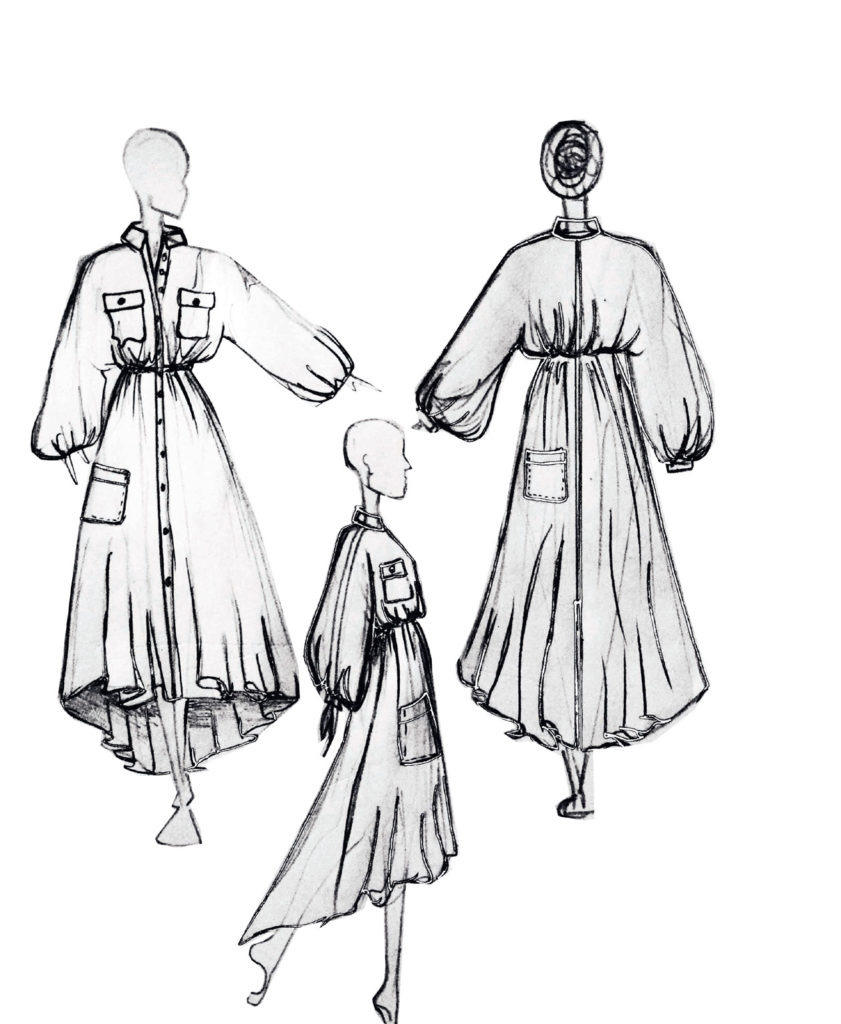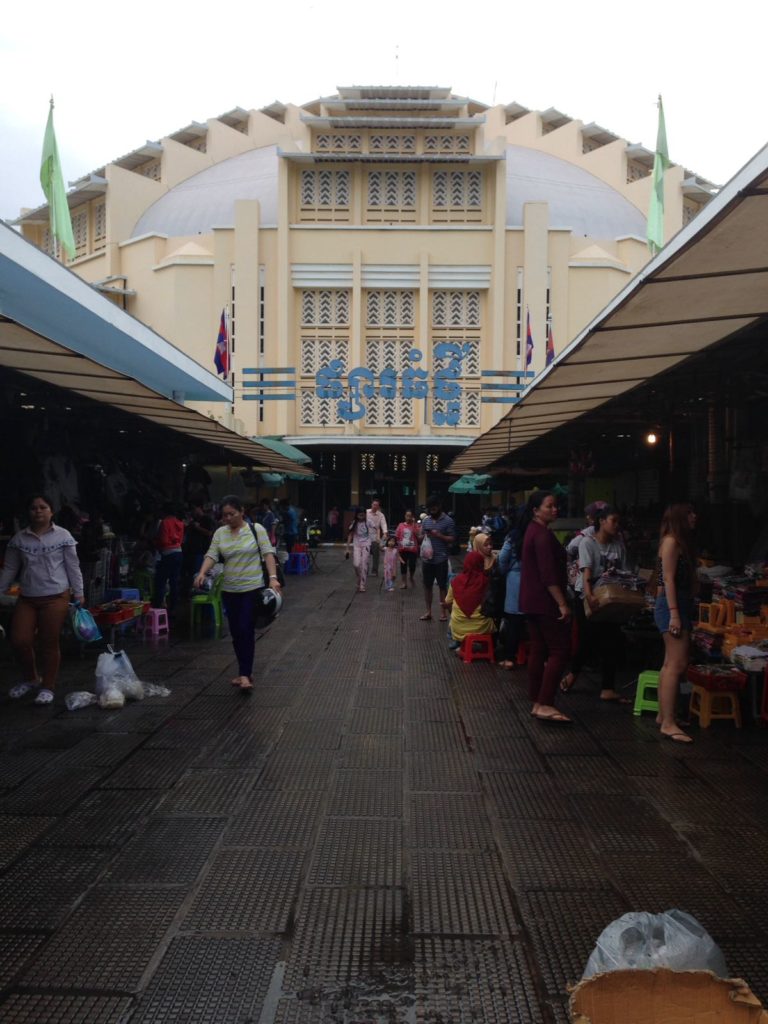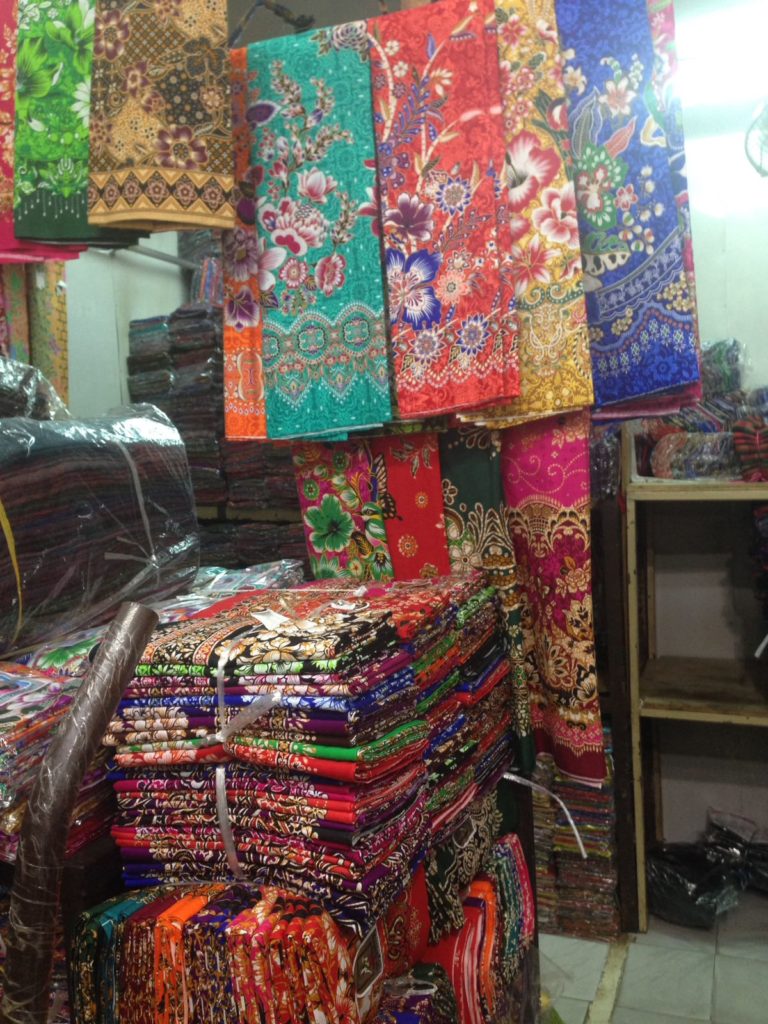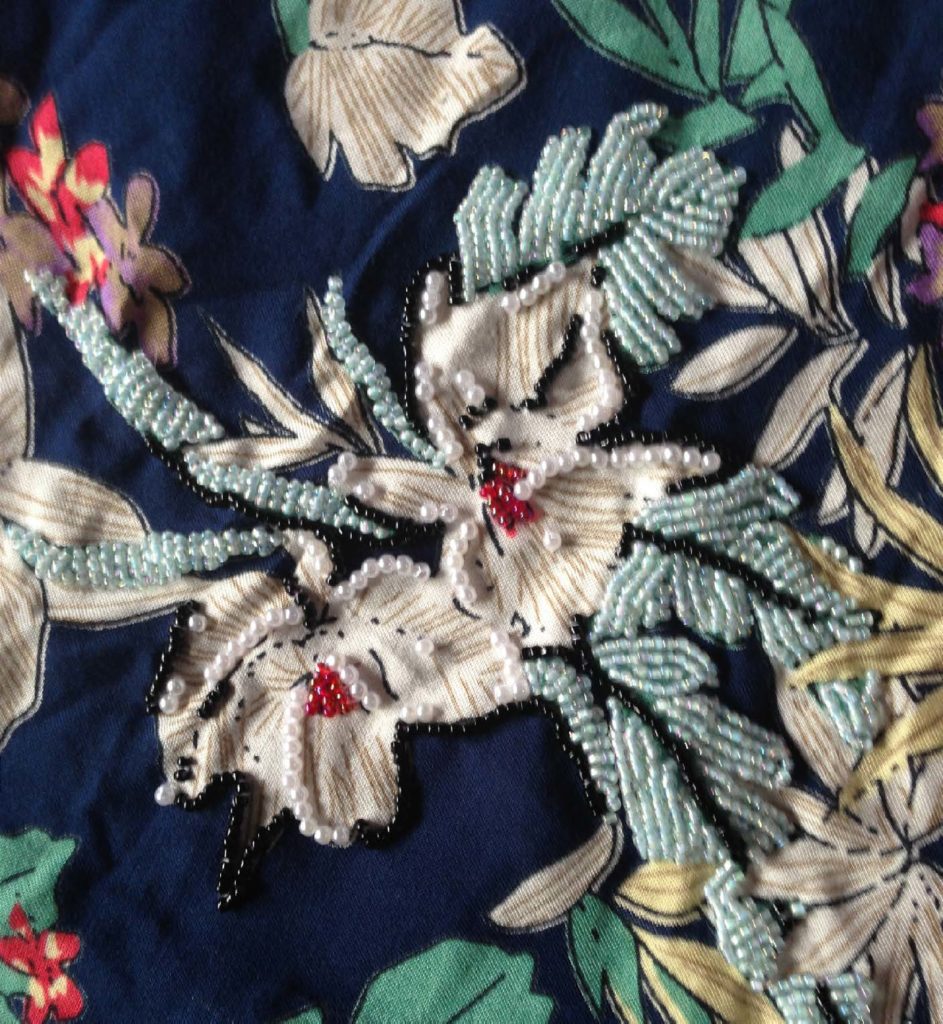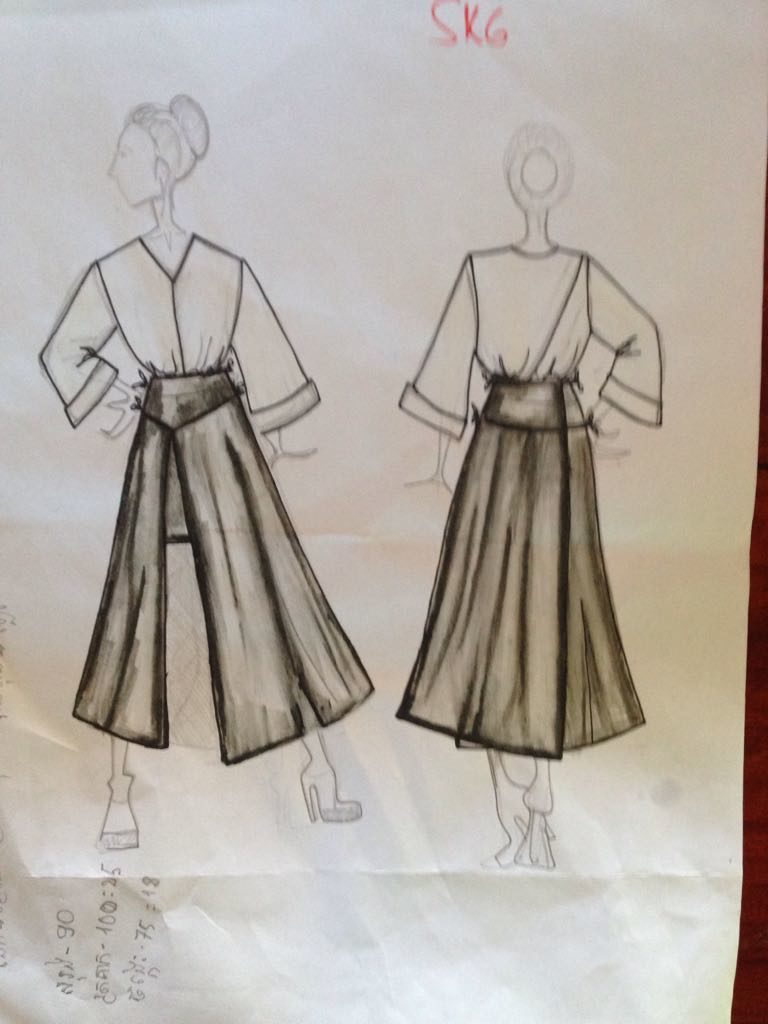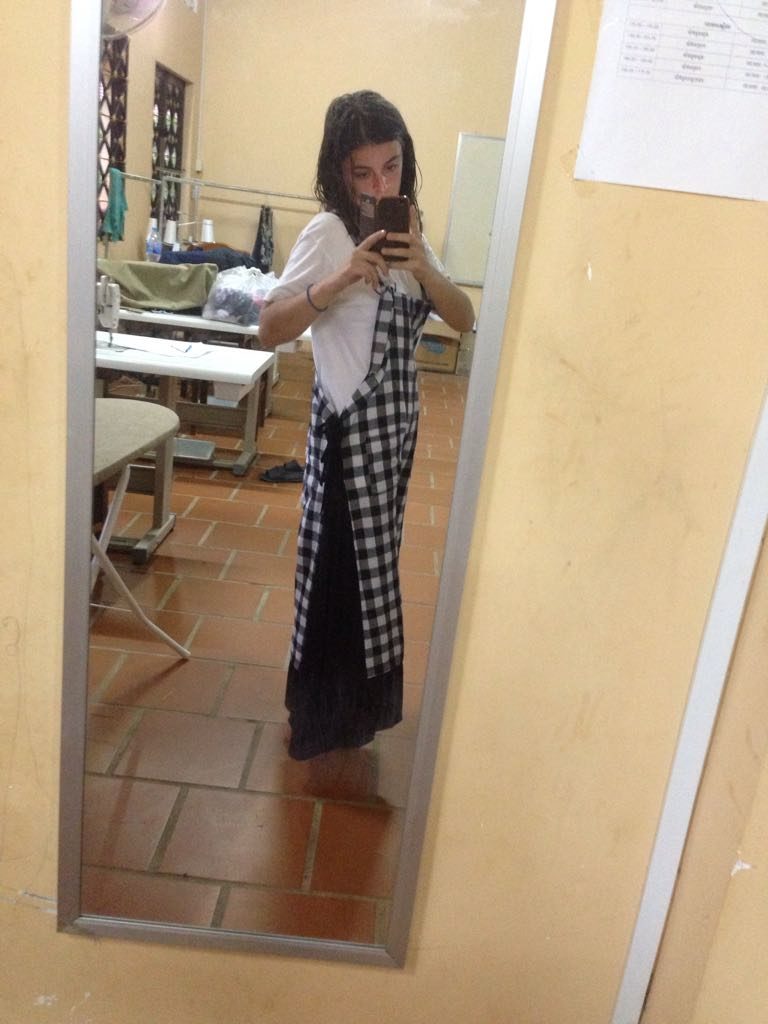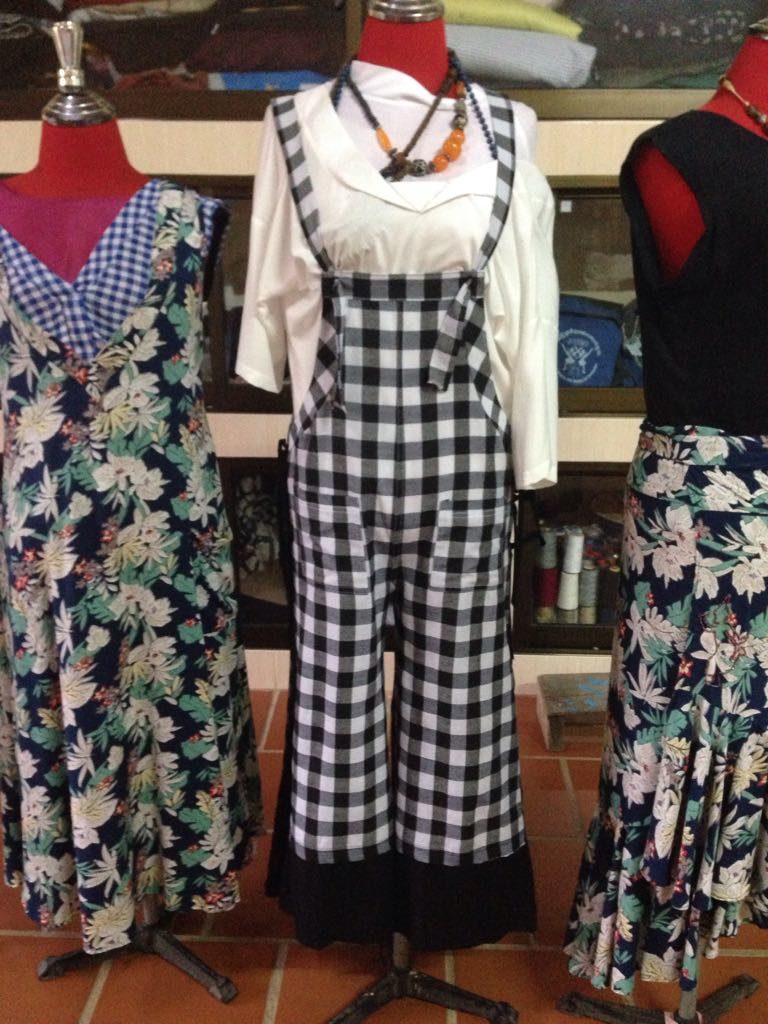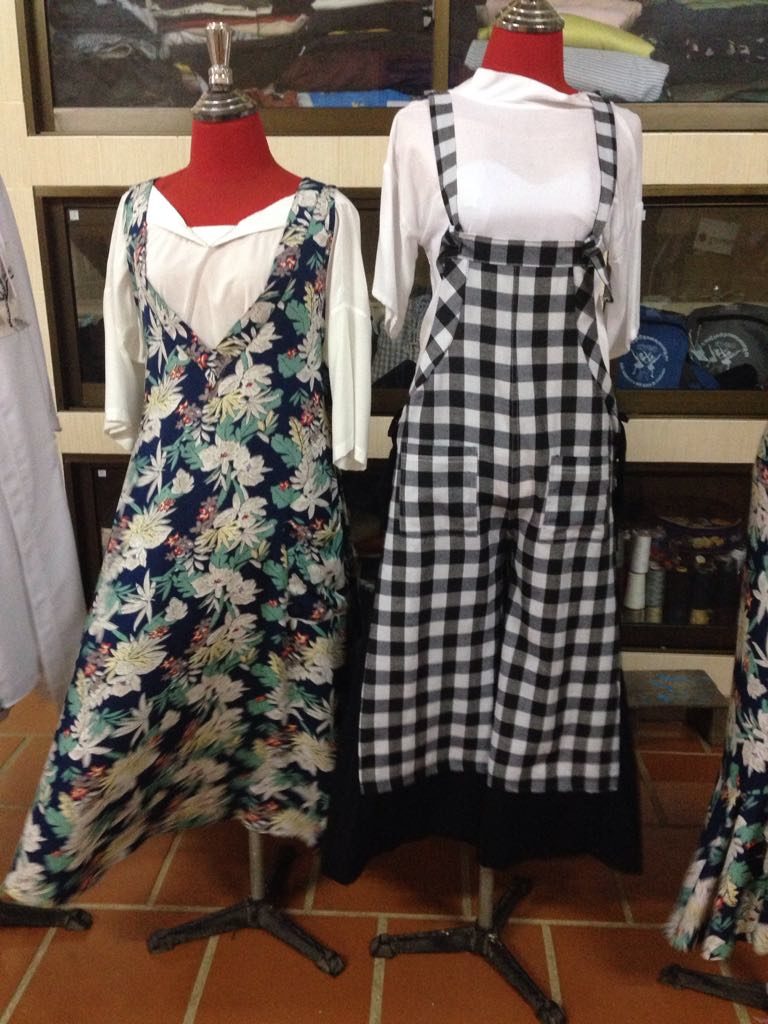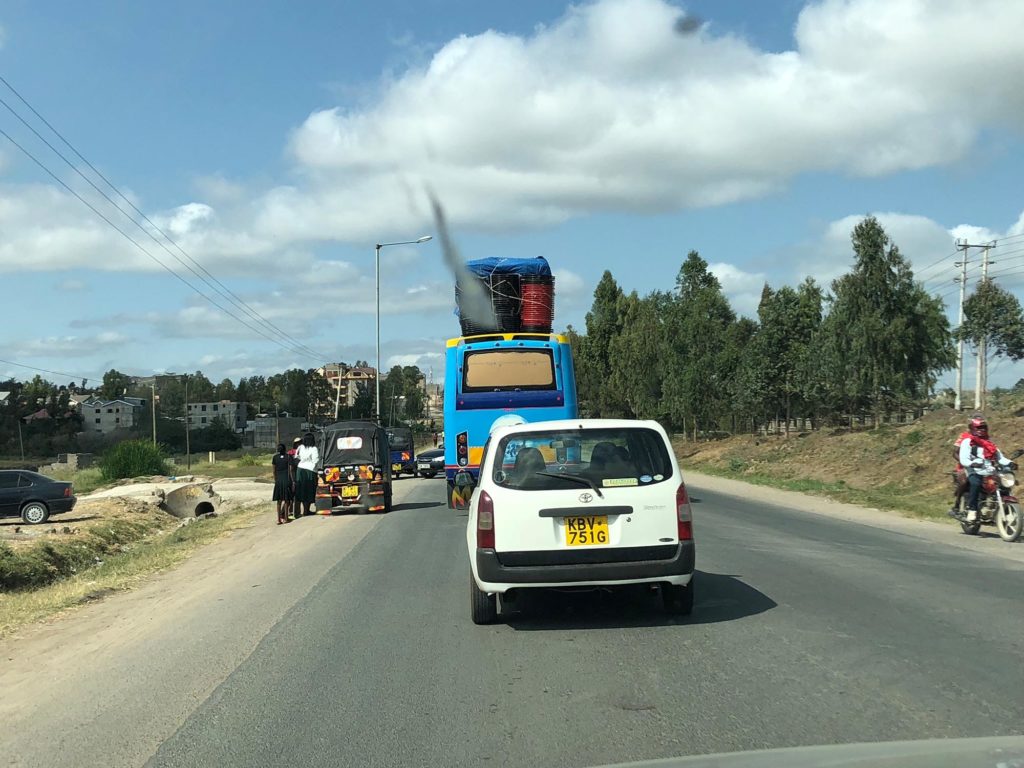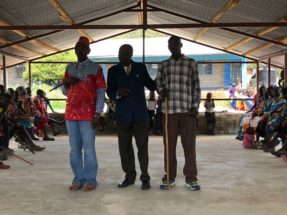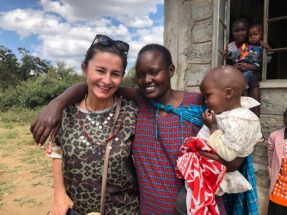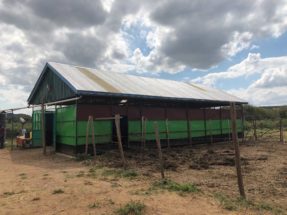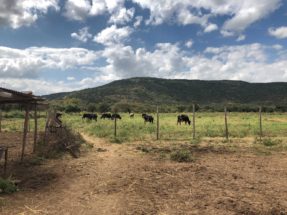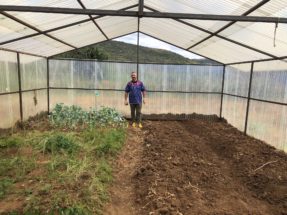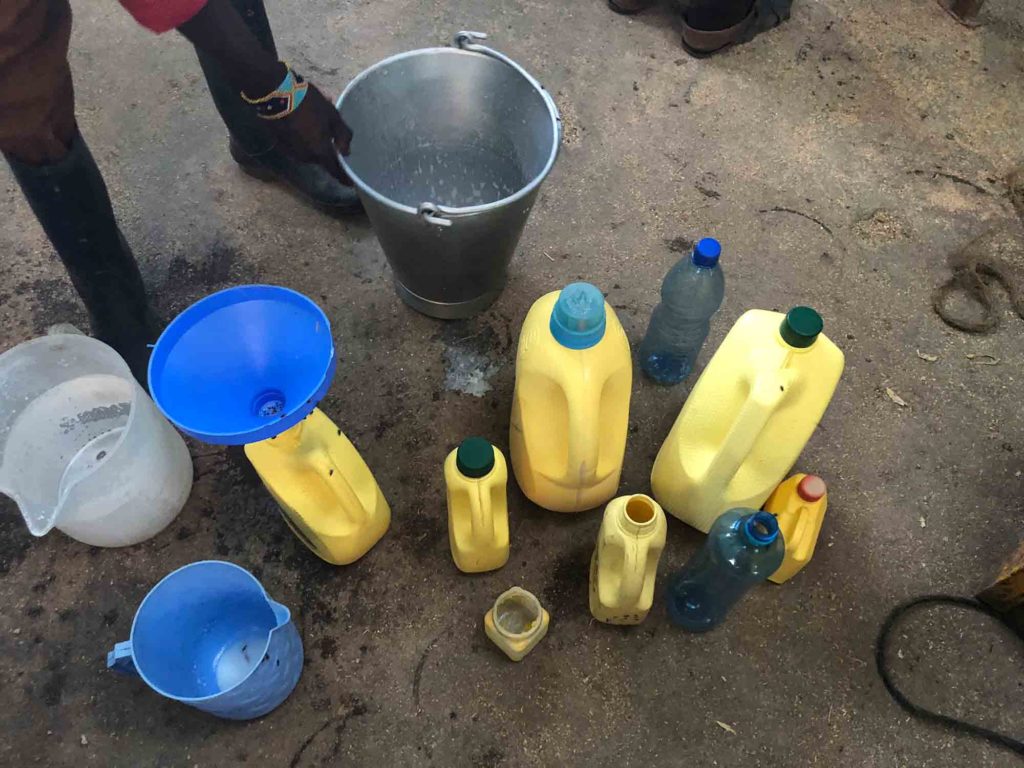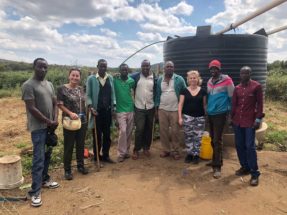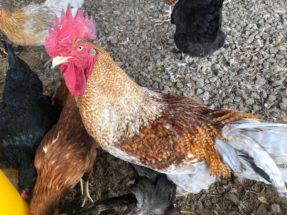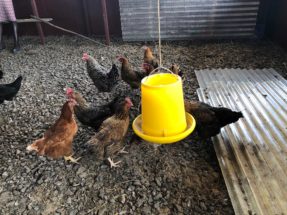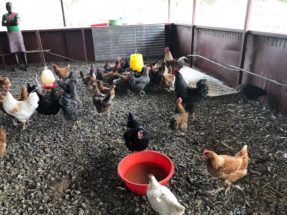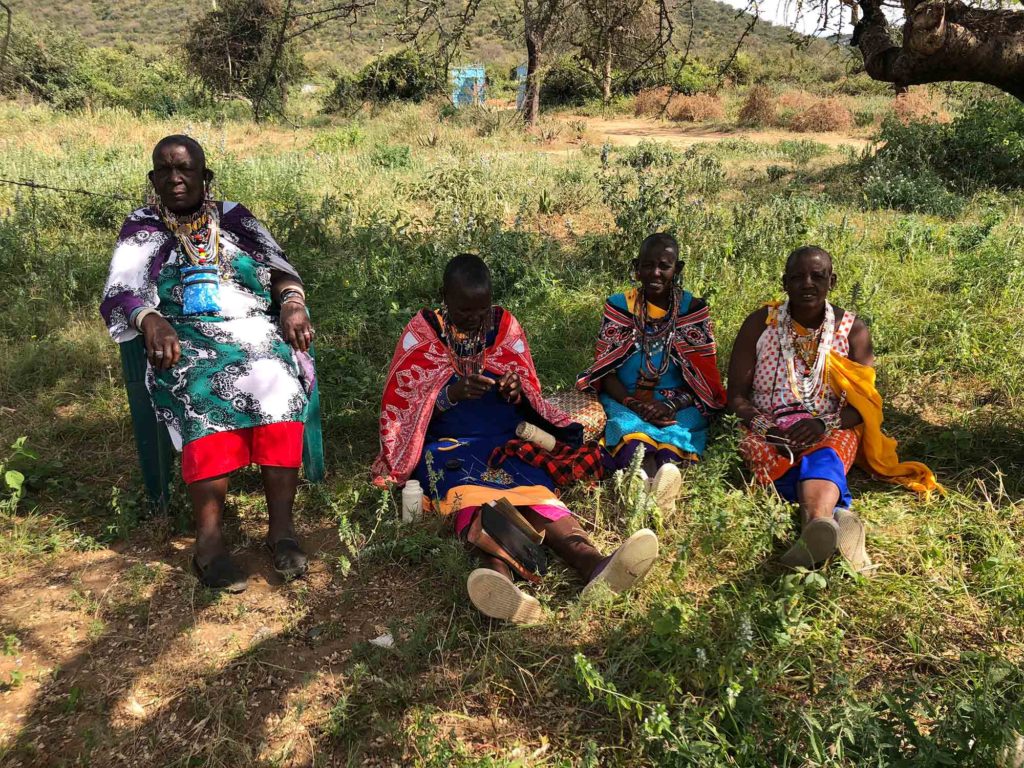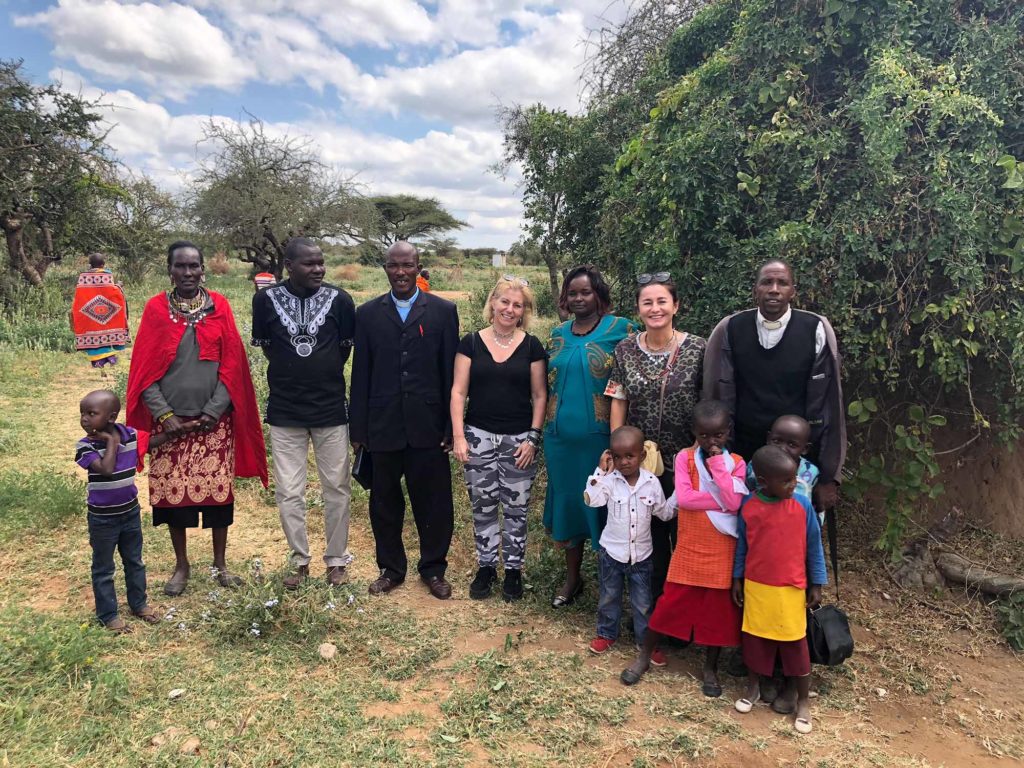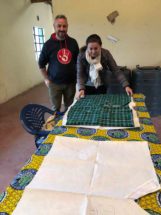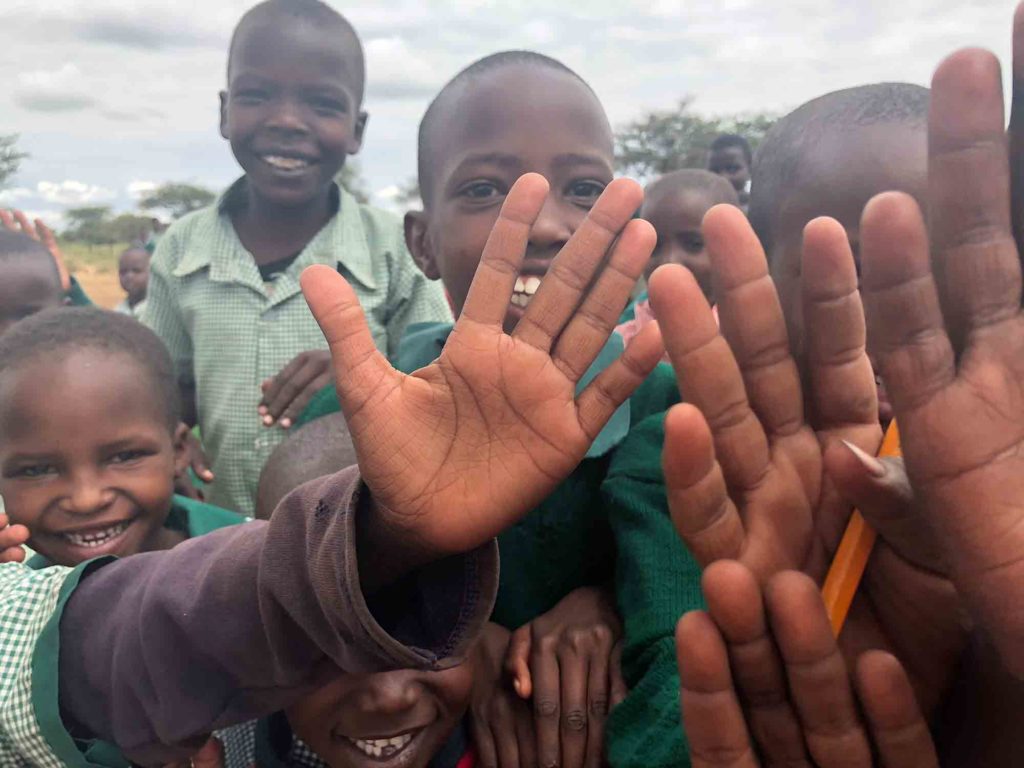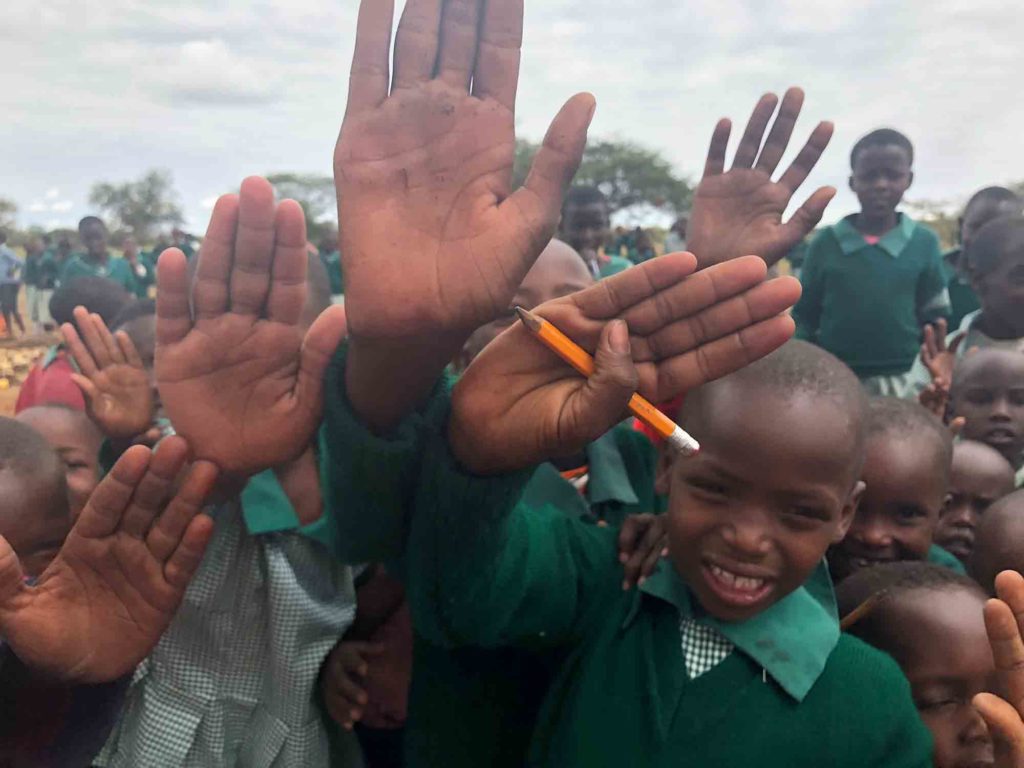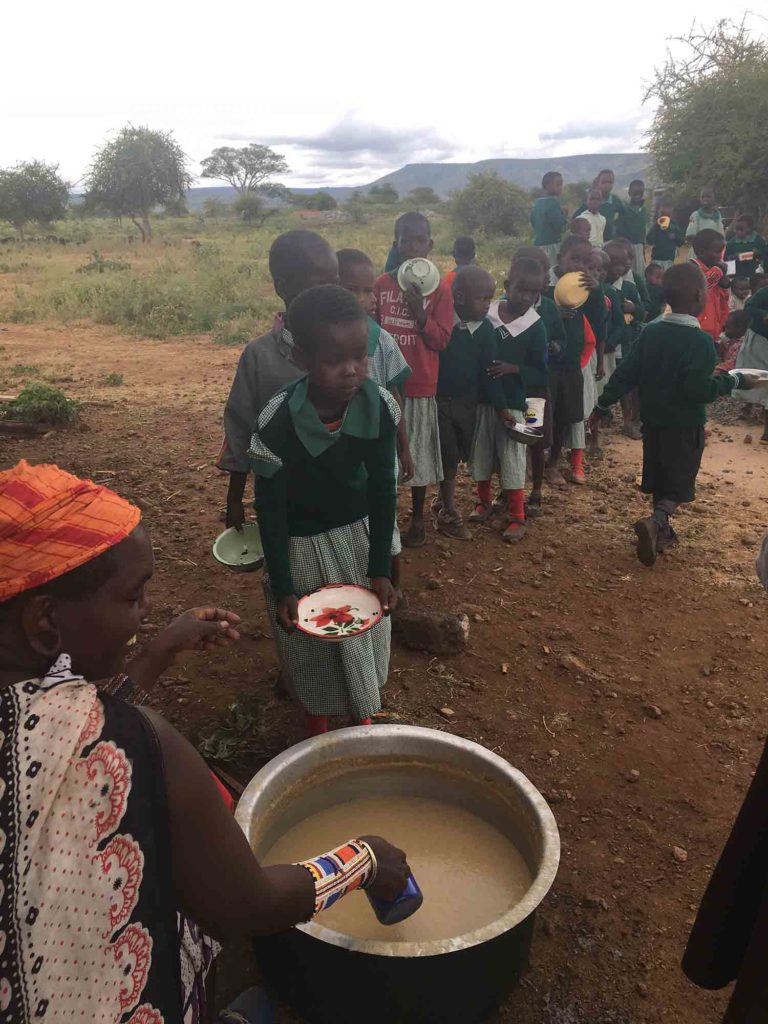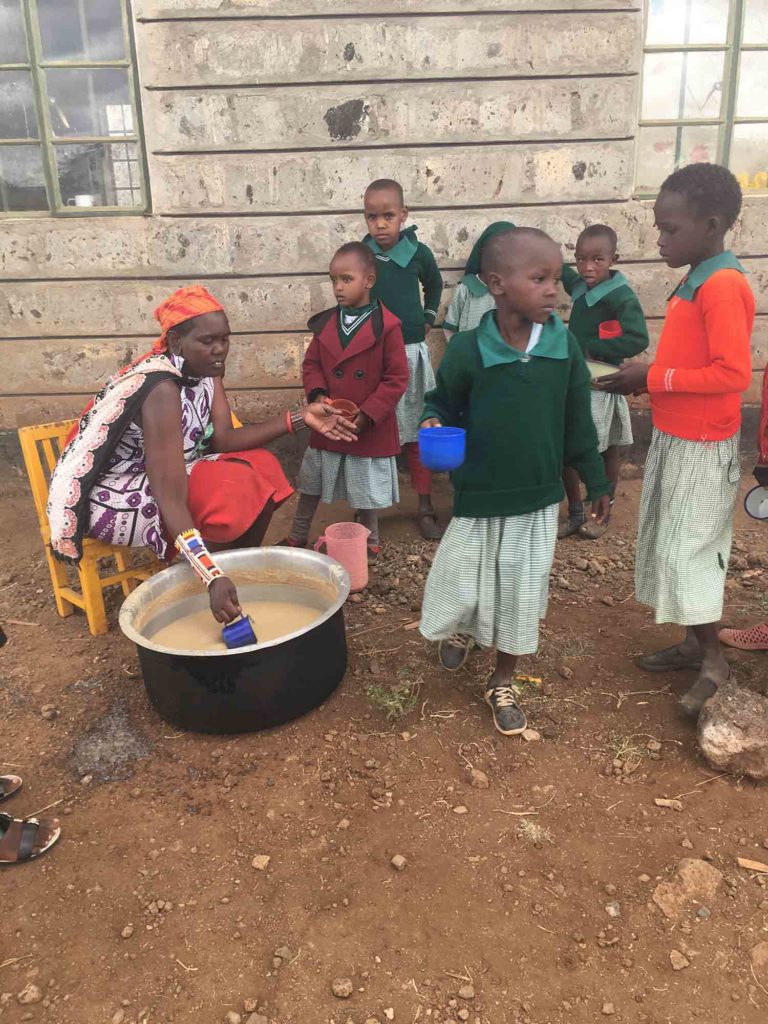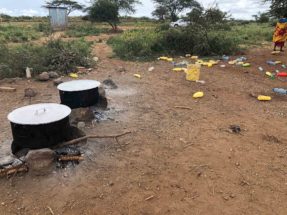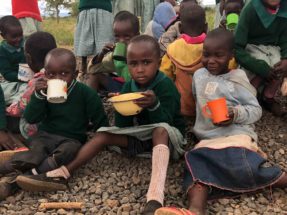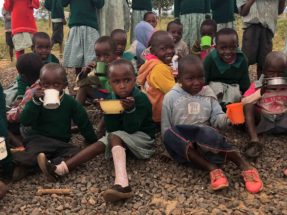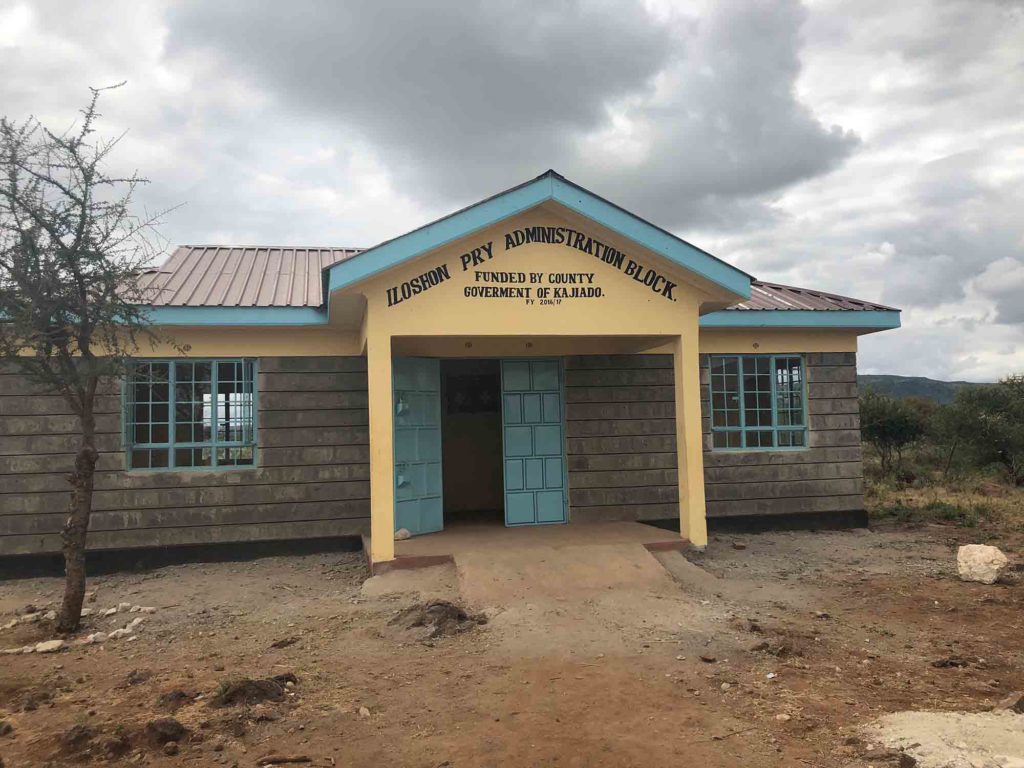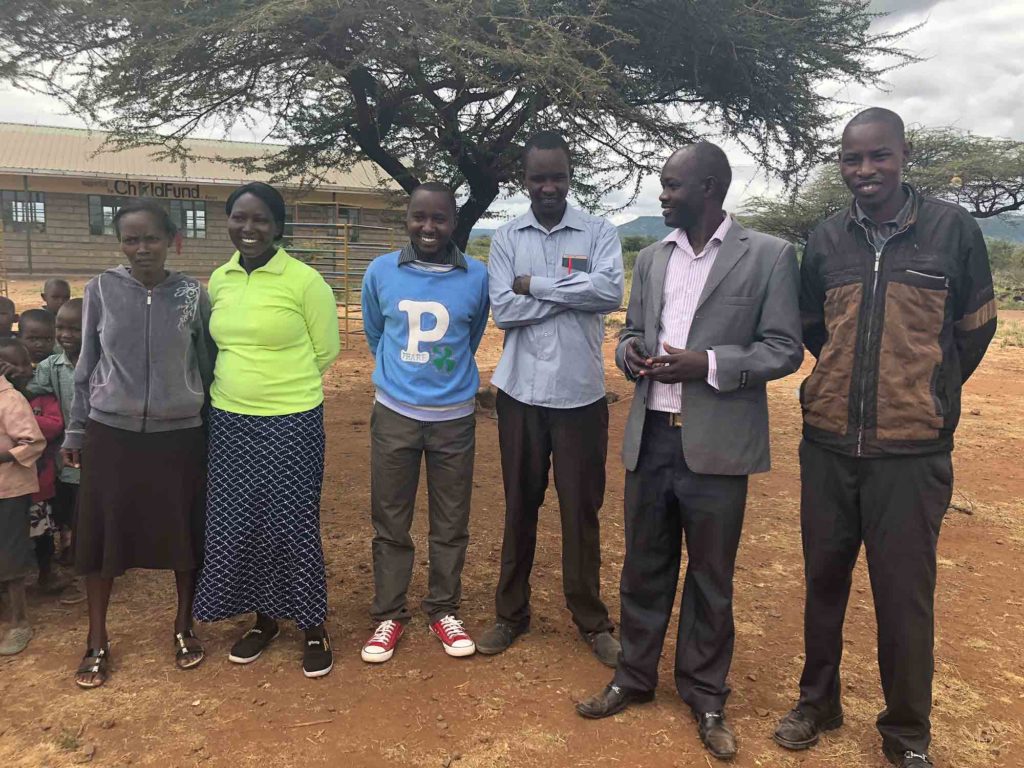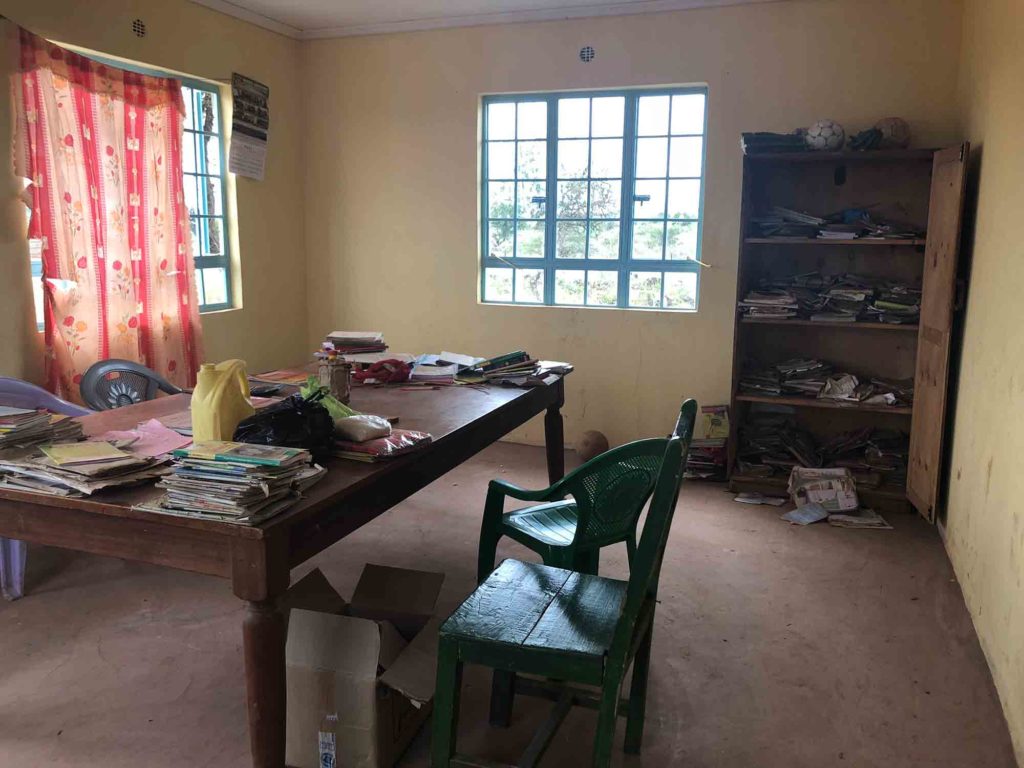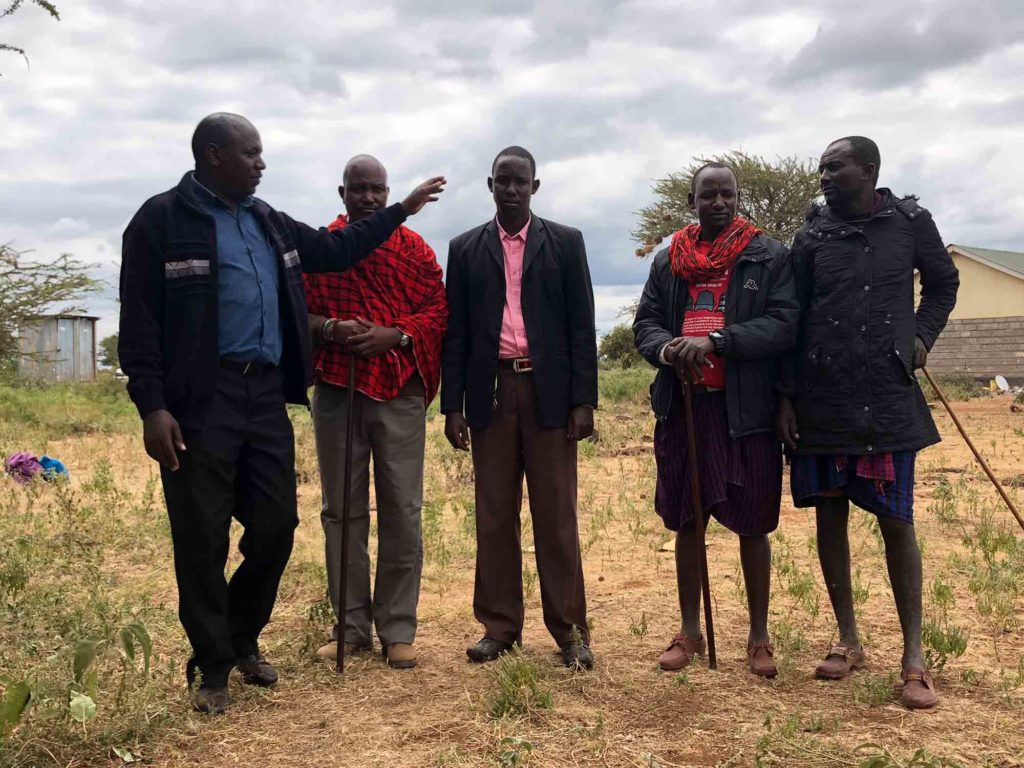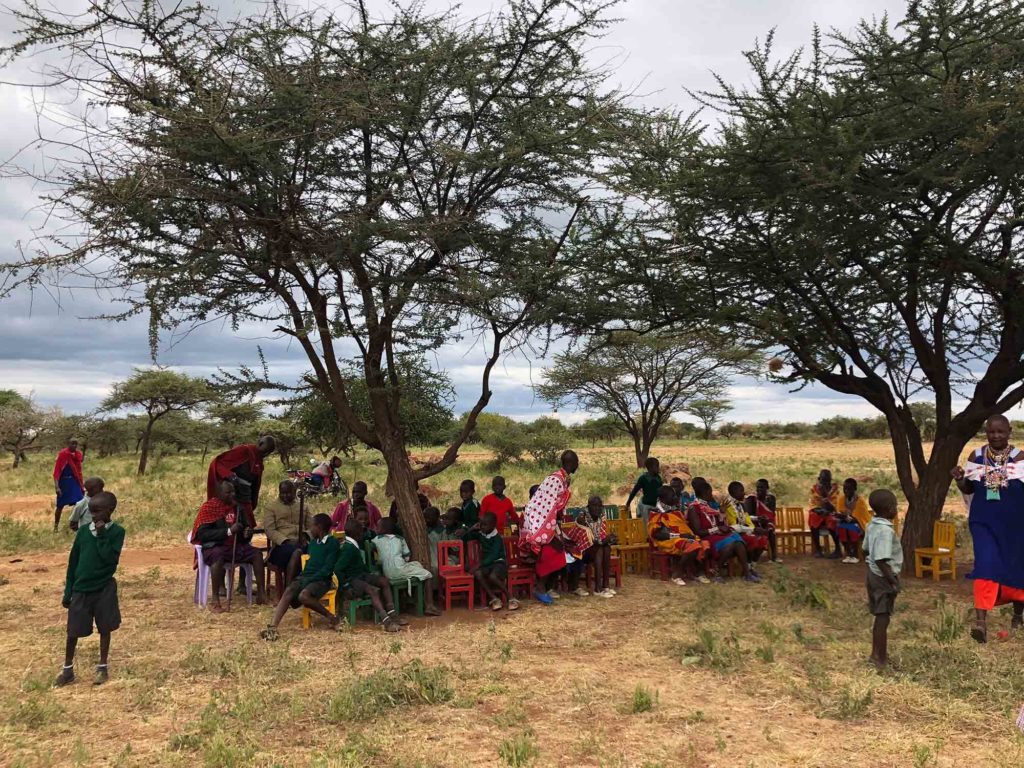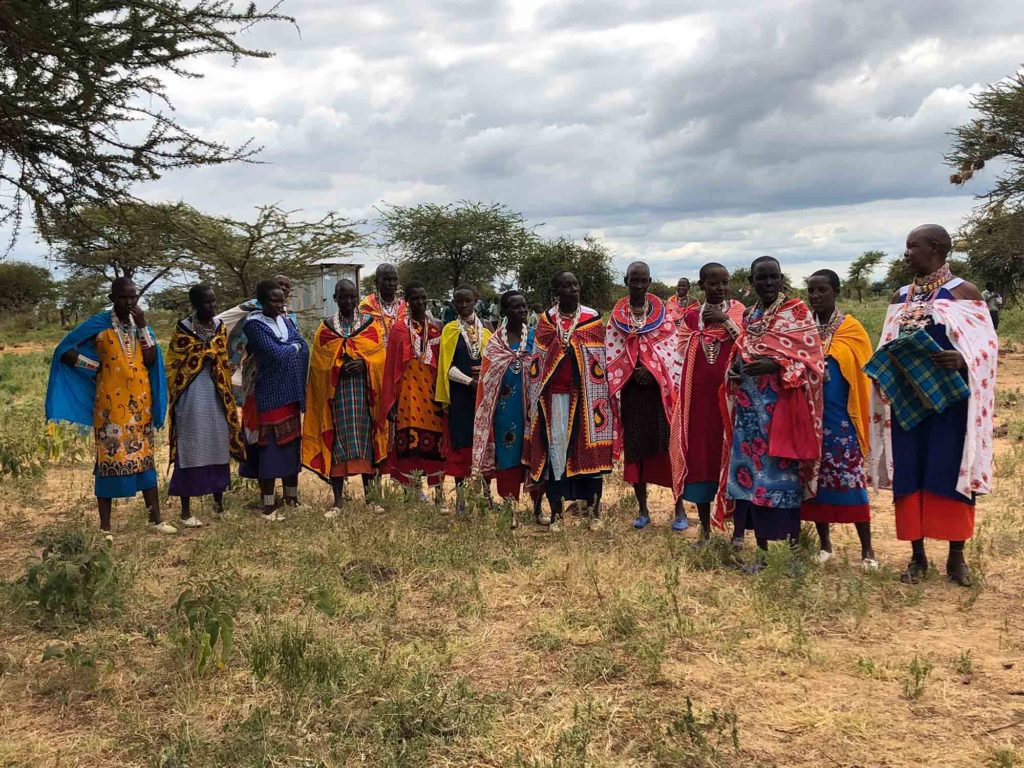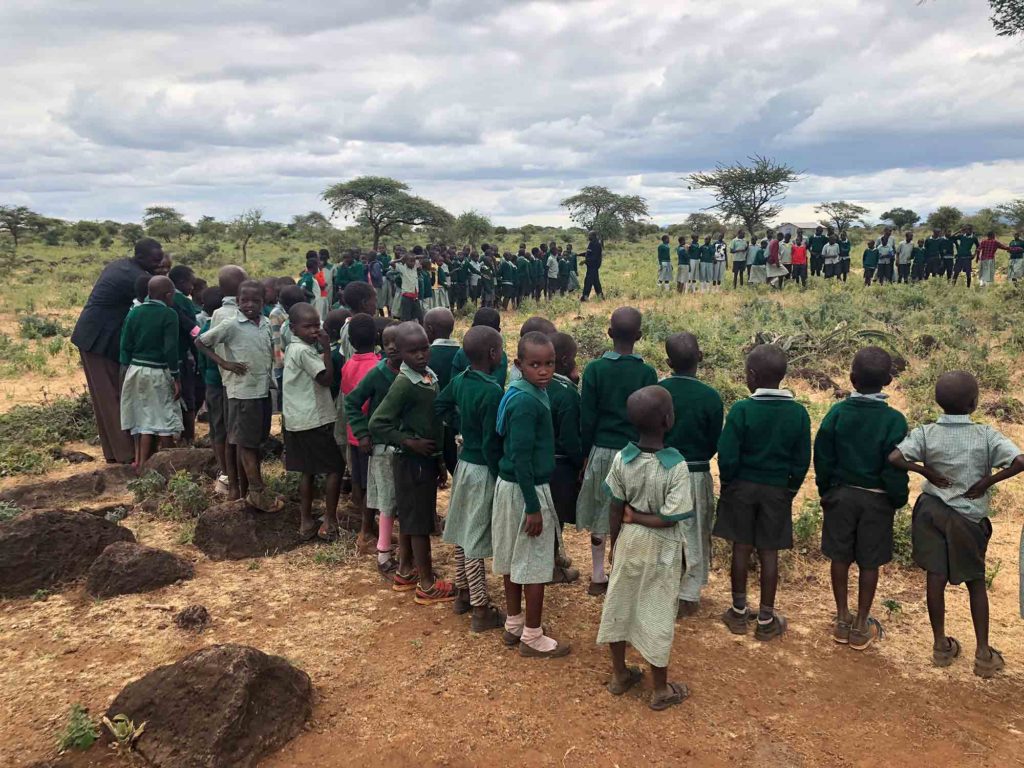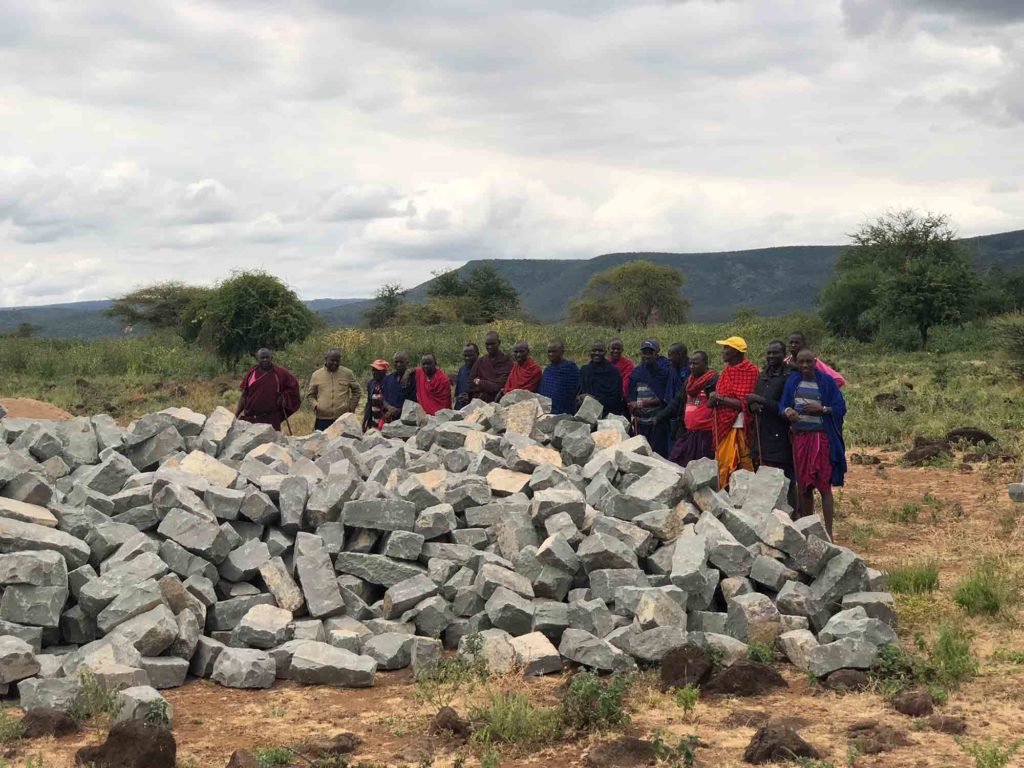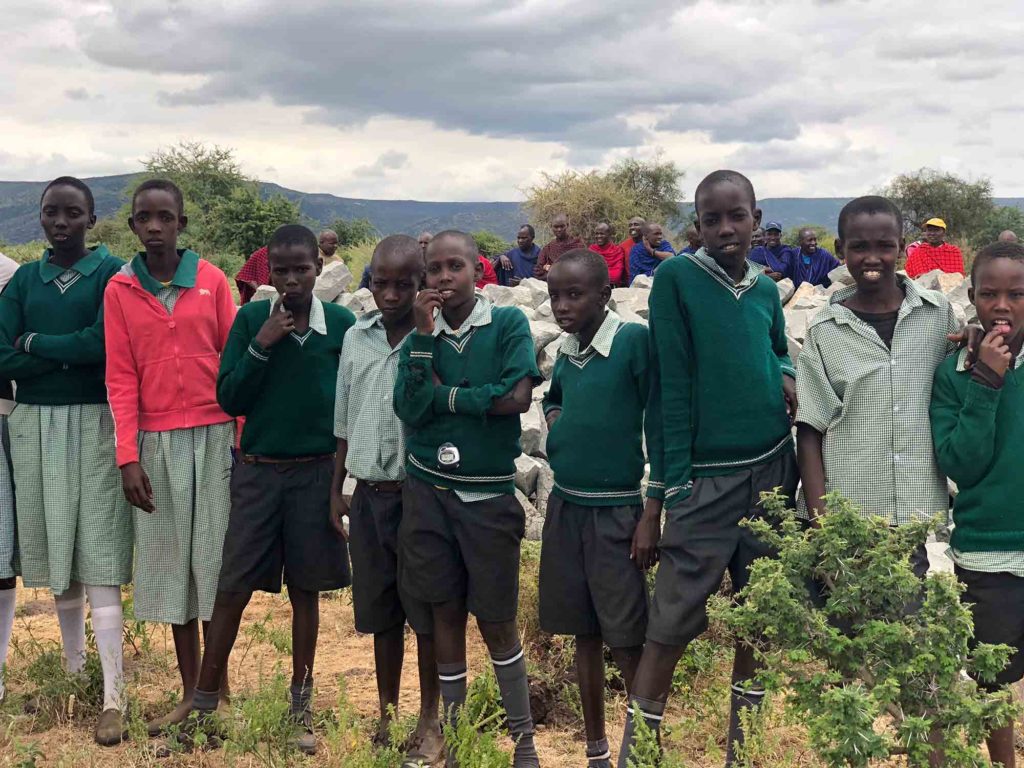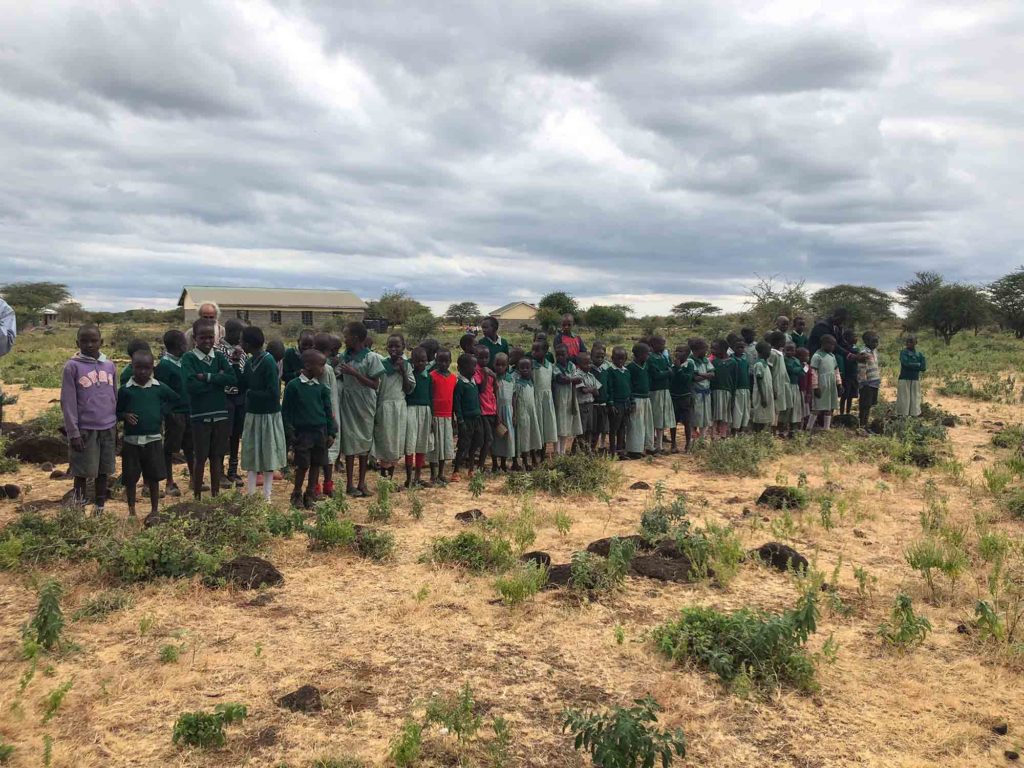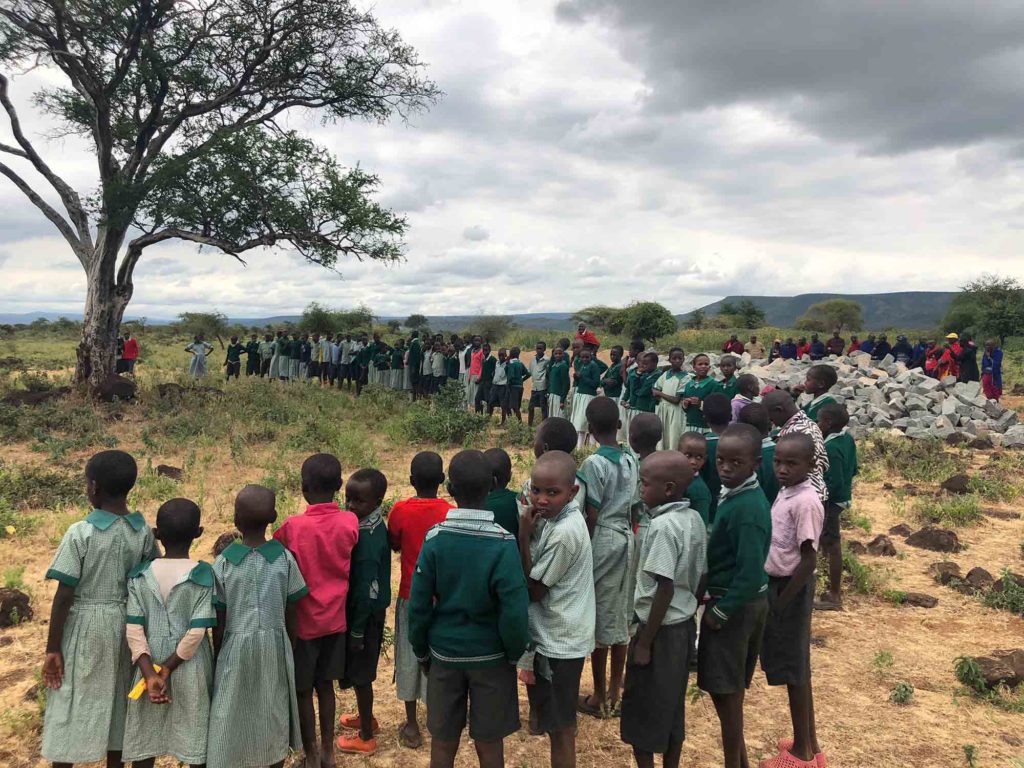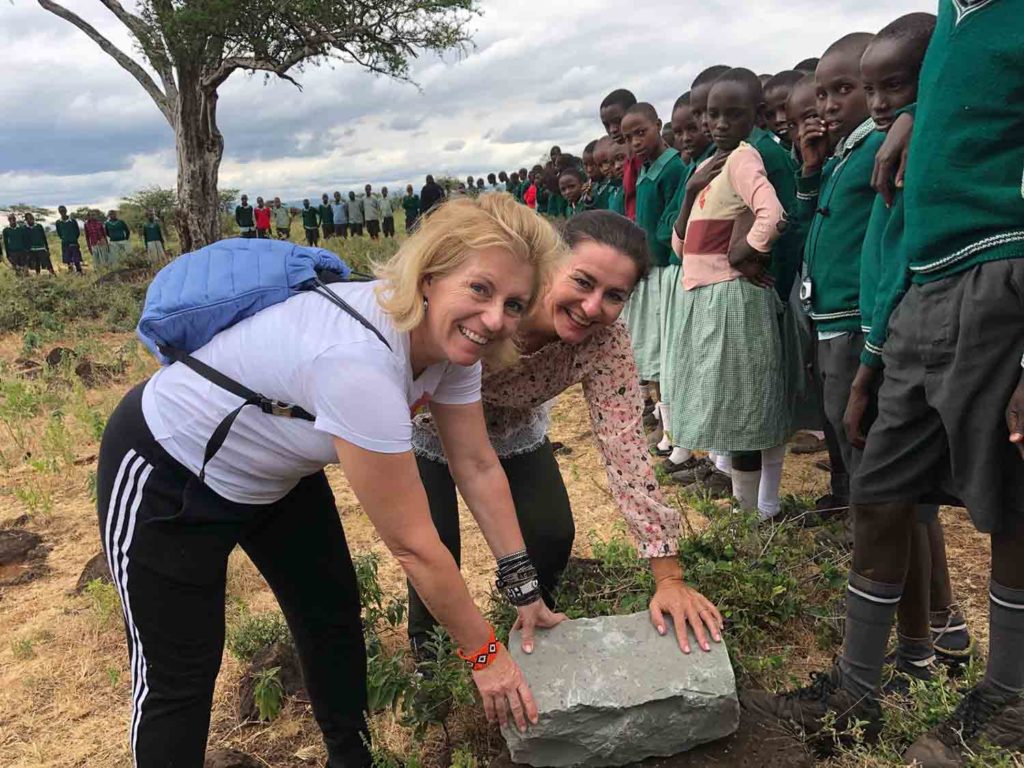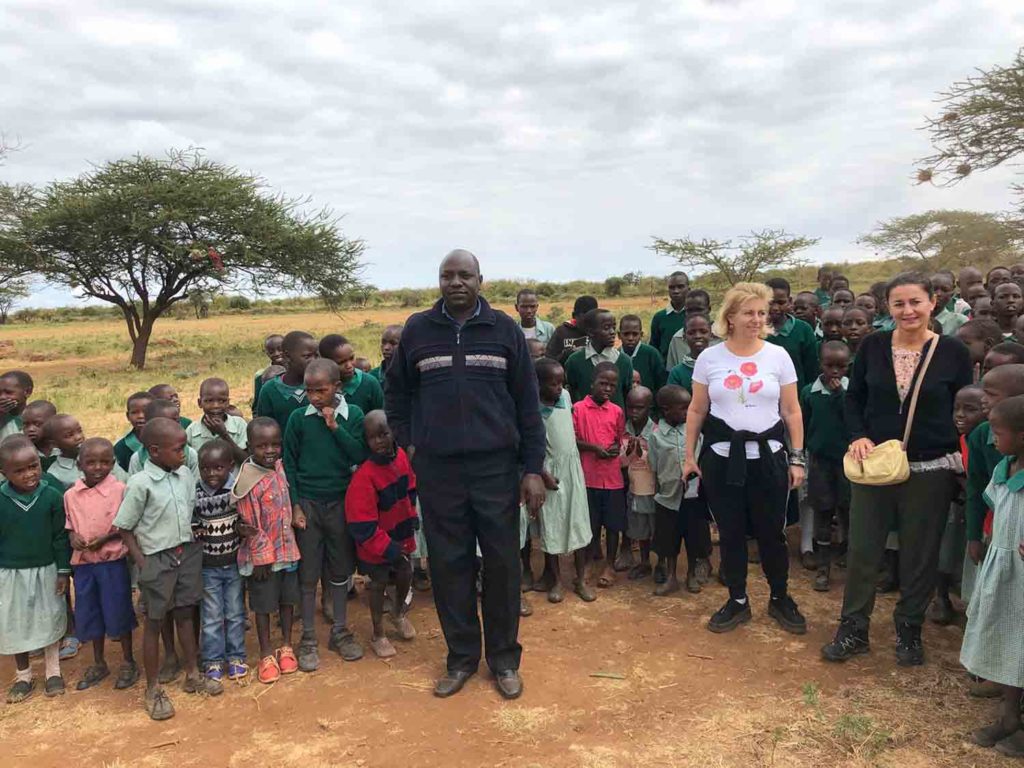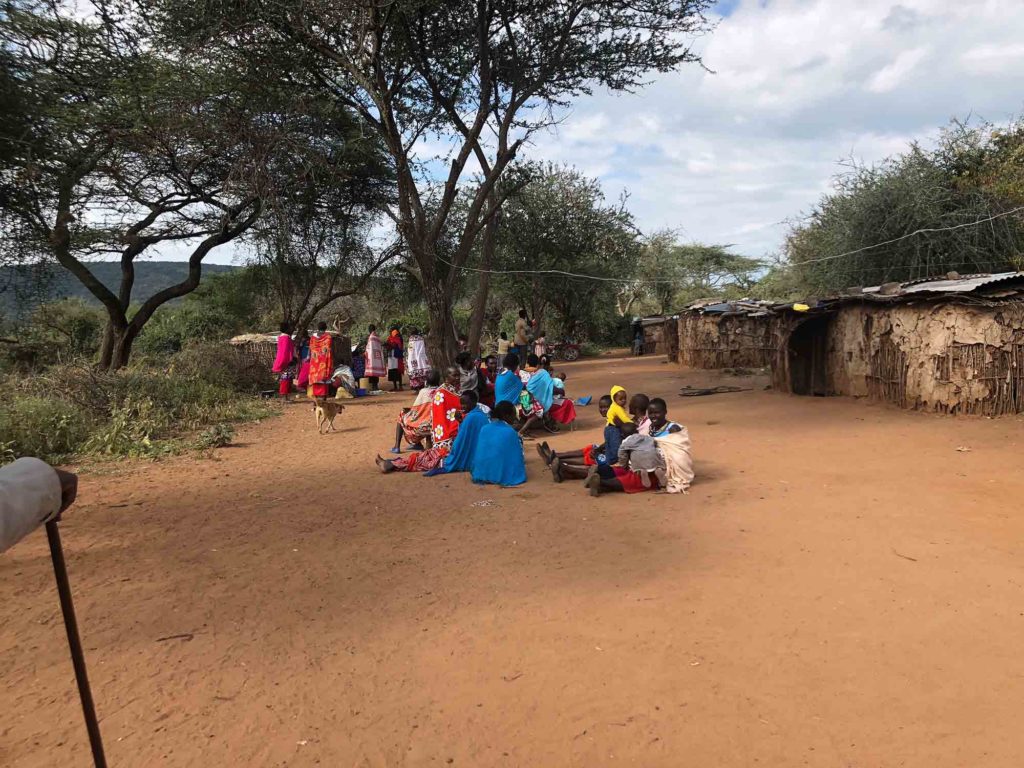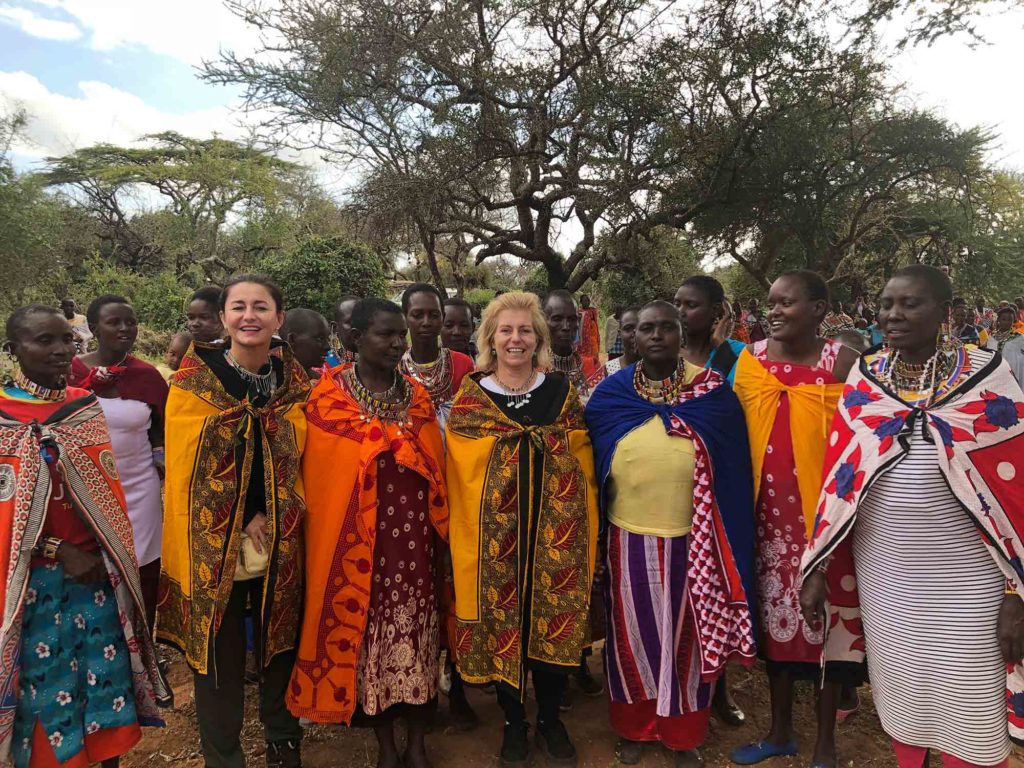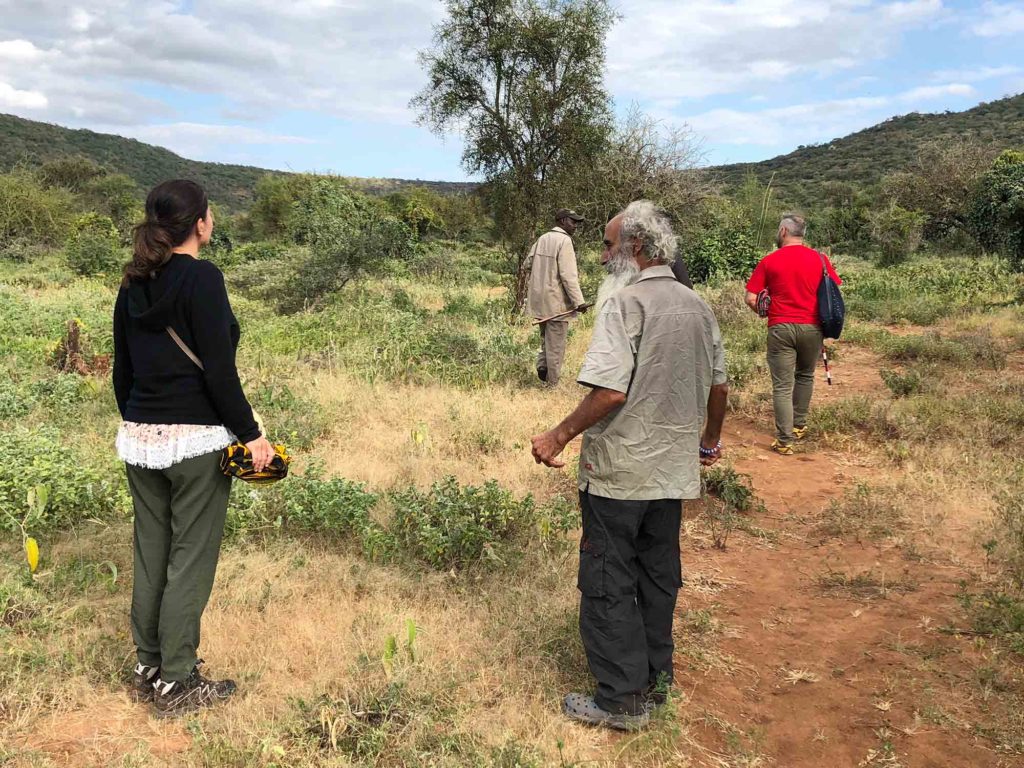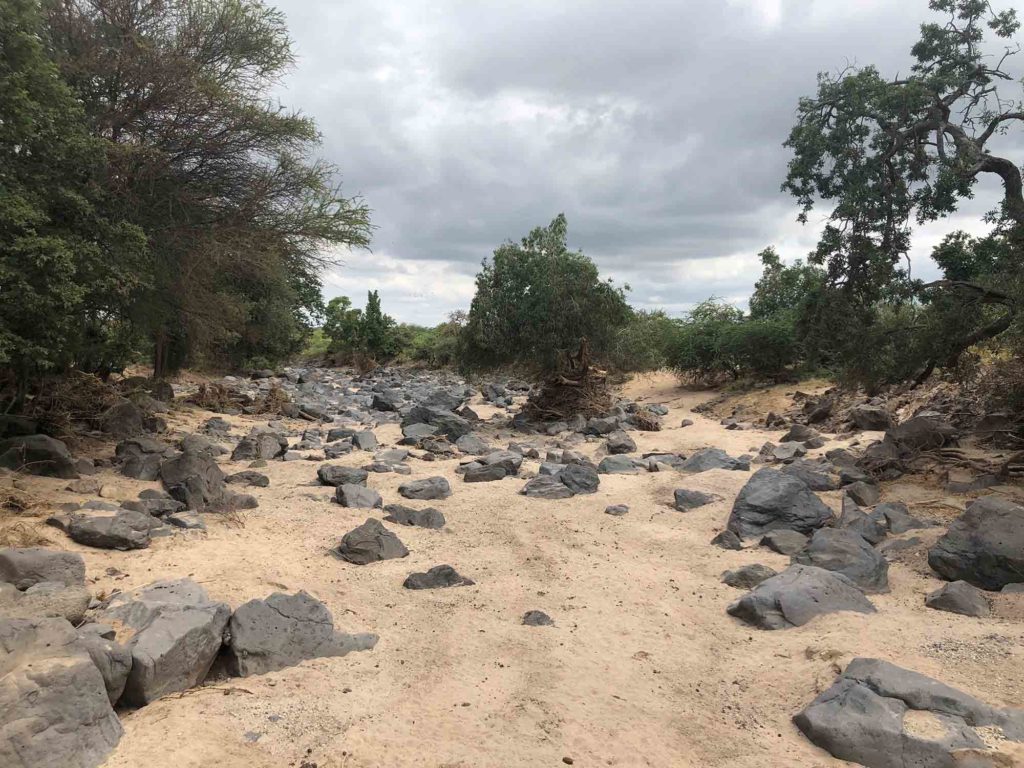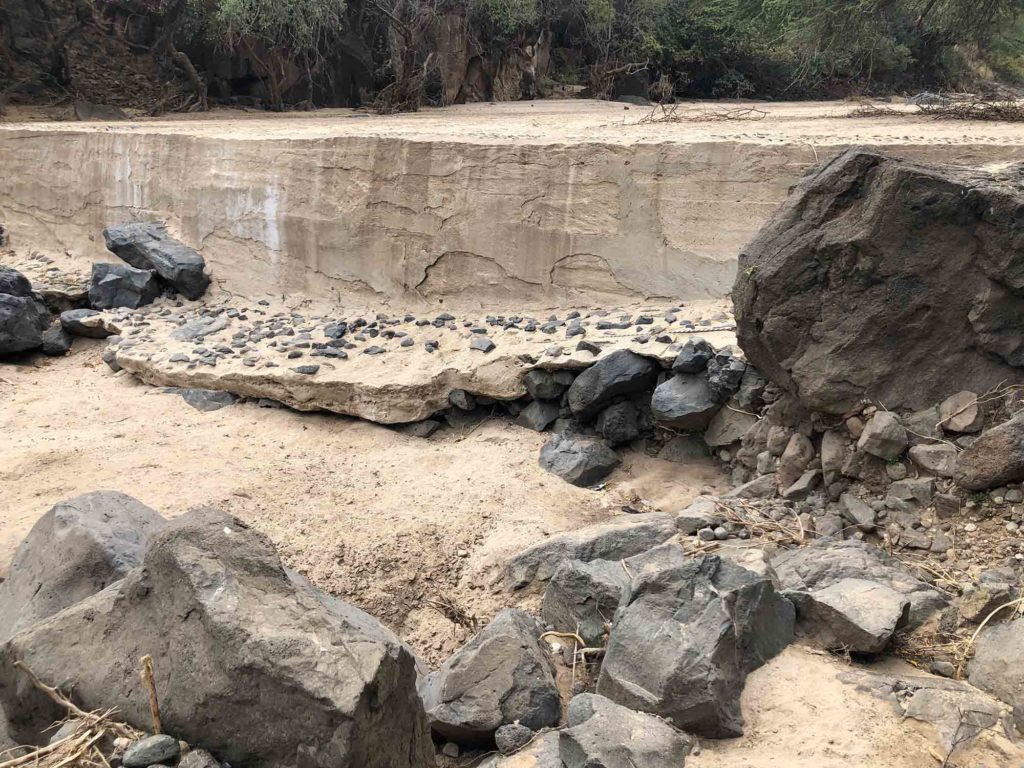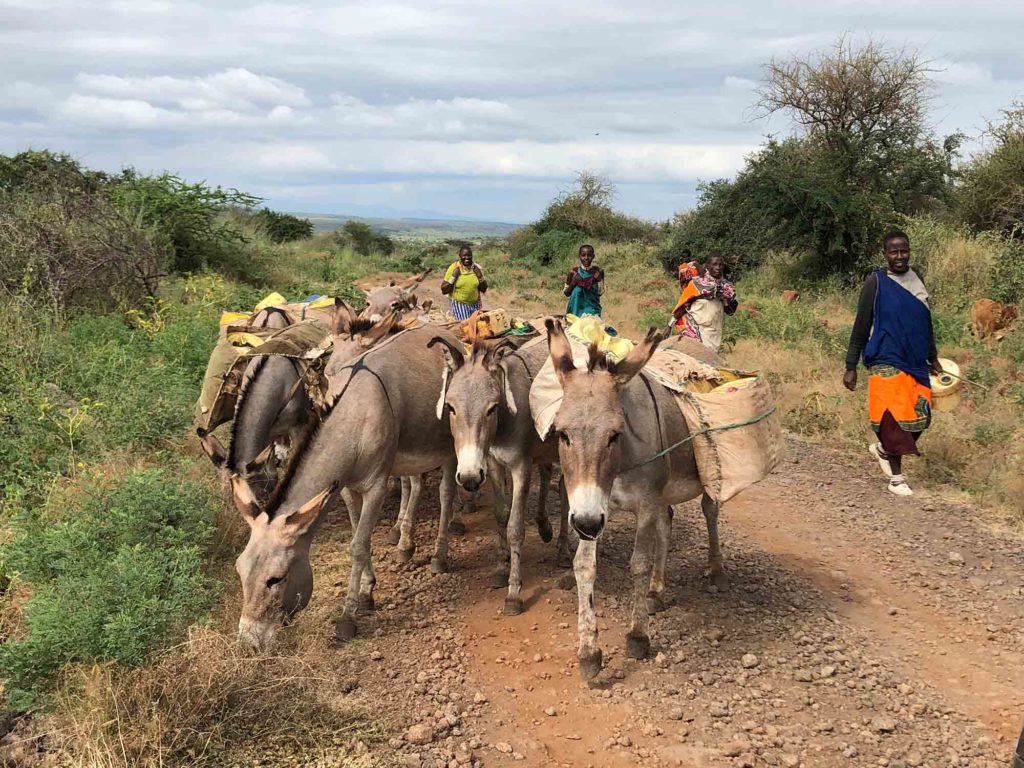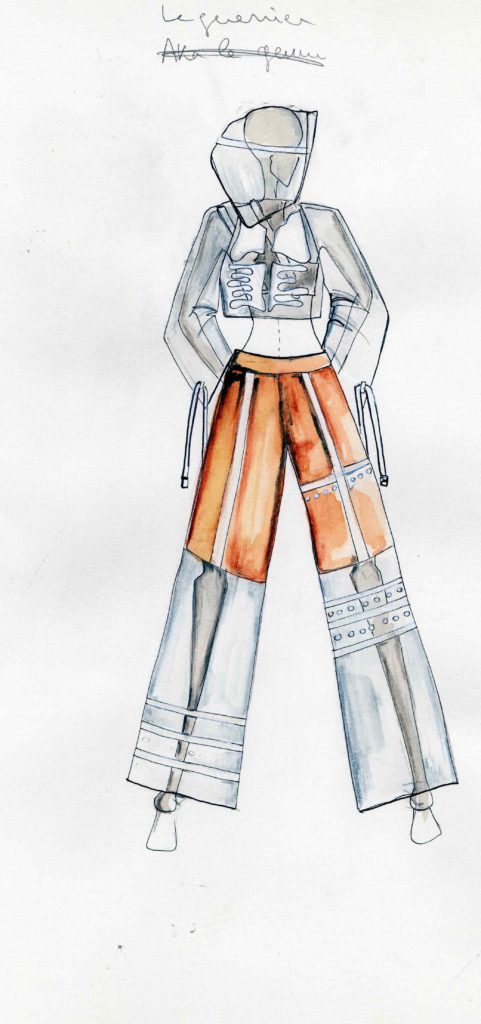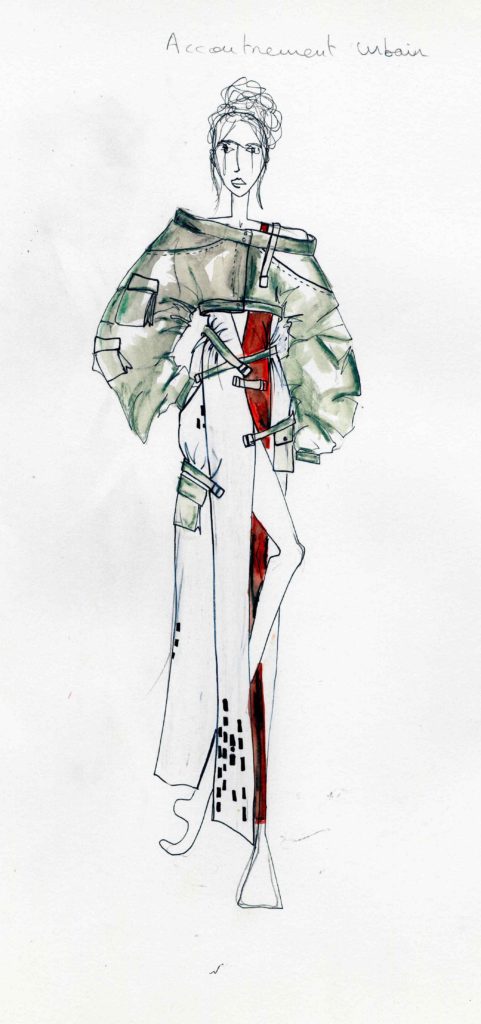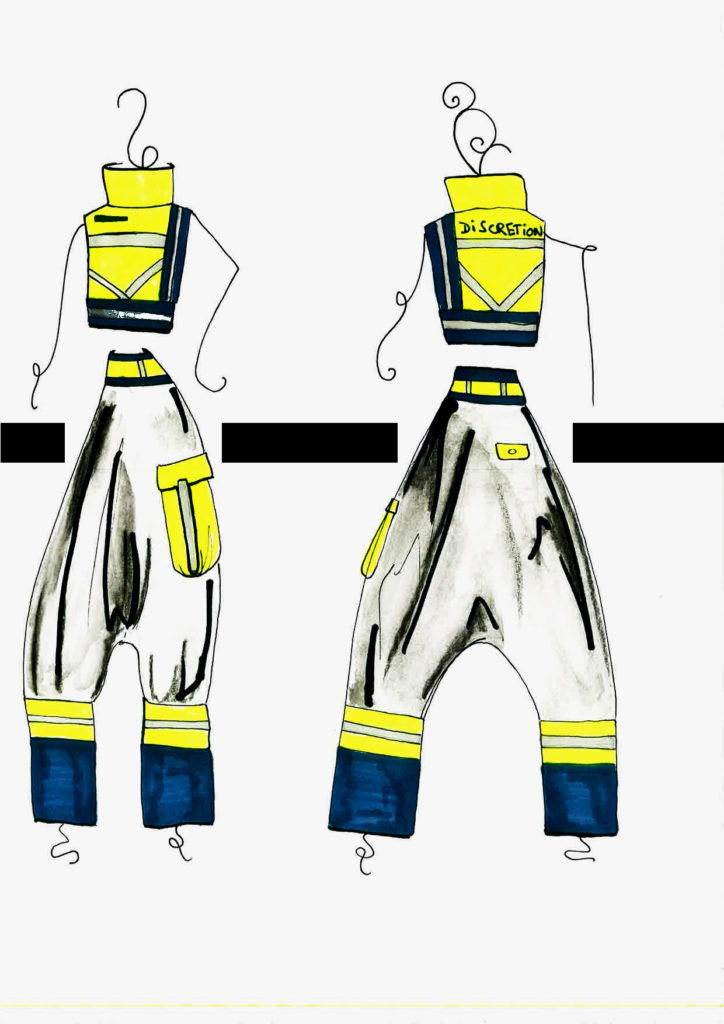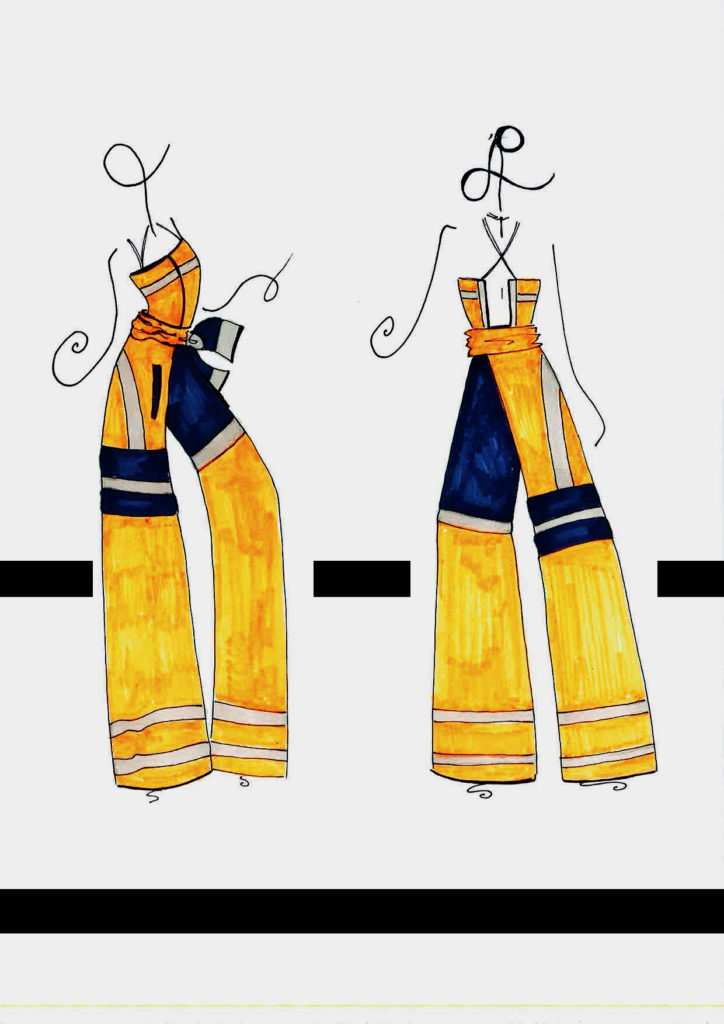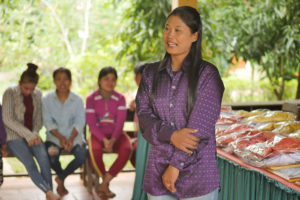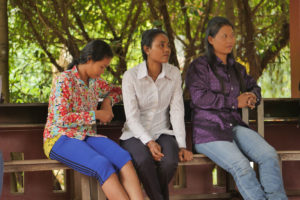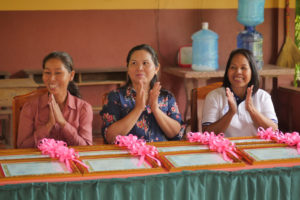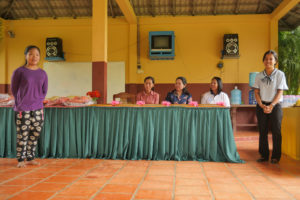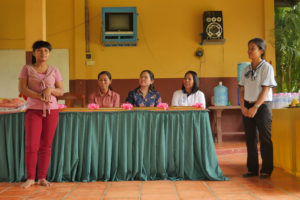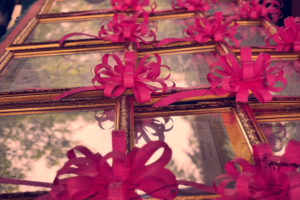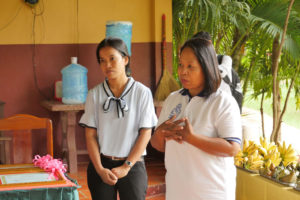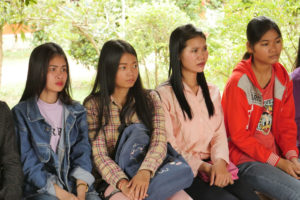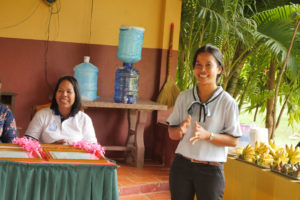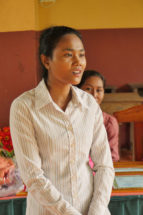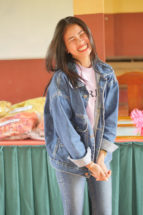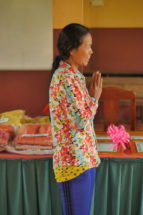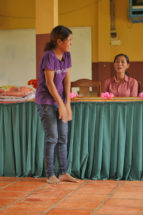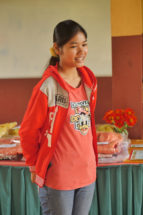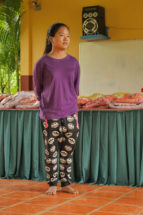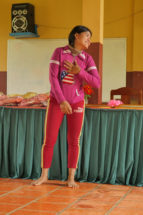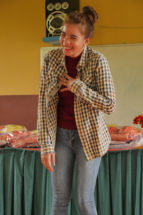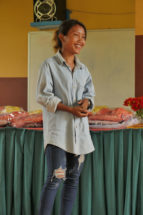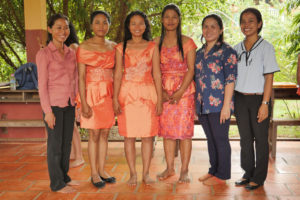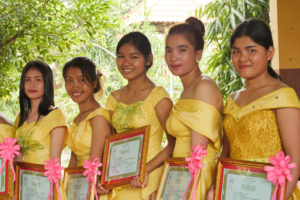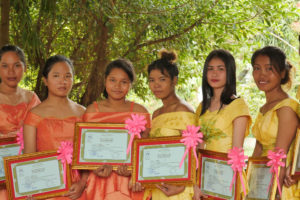Successful Parents’ Meeting in Iloshon – WeCare-Association in Focus
Visit to Iloshon in July 2023: Successful parent meeting and positive developments
In Iloshon, a small Masai community in the Kajiado District, a successful parents’ meeting recently took place. The newly arrived school principal Mr. James invited Agnes Gitonga, a member of the WeCare Association, to this important meeting for the first time. The meeting was held in English and covered various topics including the work of the WeCare Association, the issues of FGM and teenage pregnancy, and girls’ achievement. In addition, challenges such as increased food prices and the need for a printer for the school were discussed.
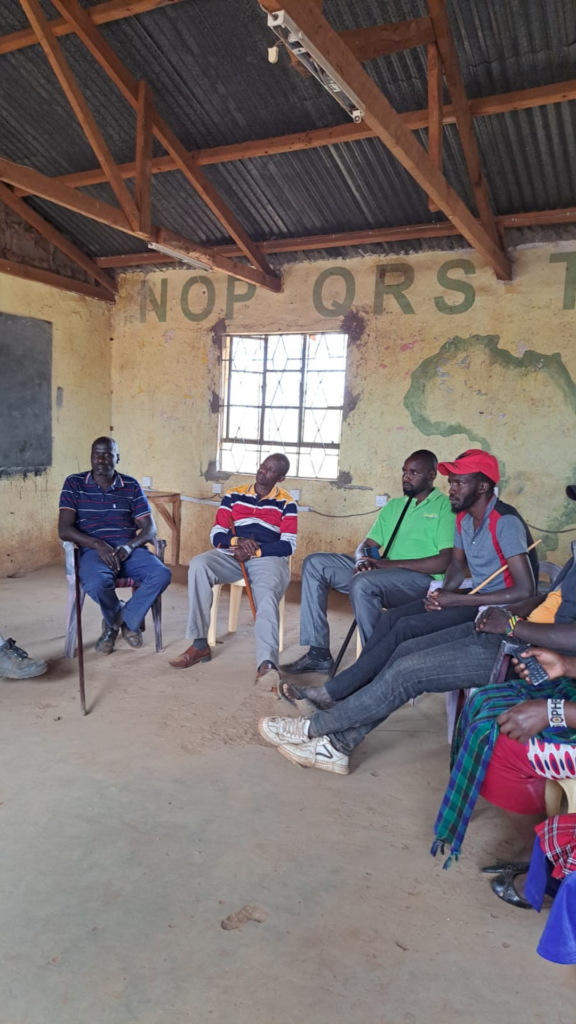
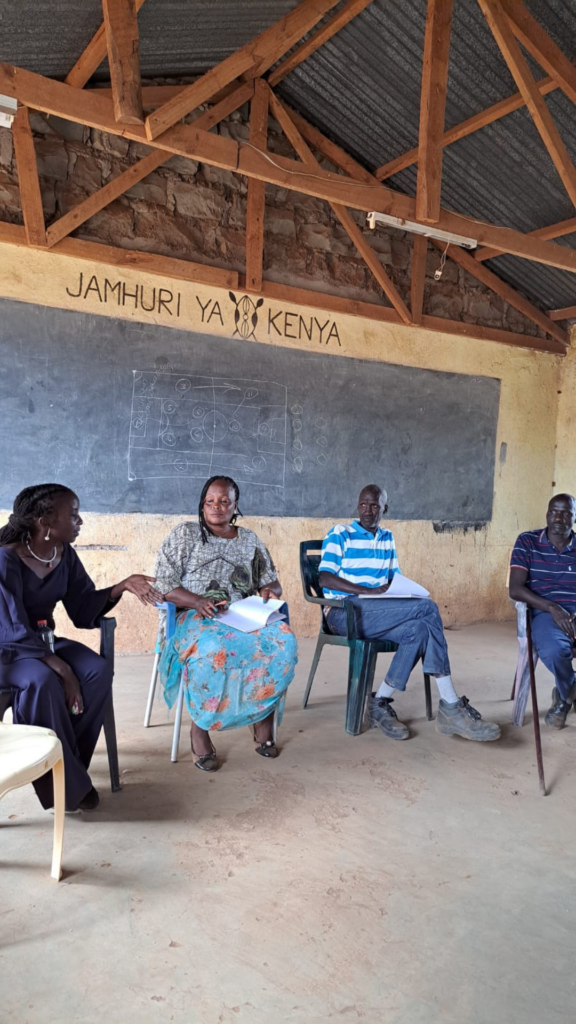
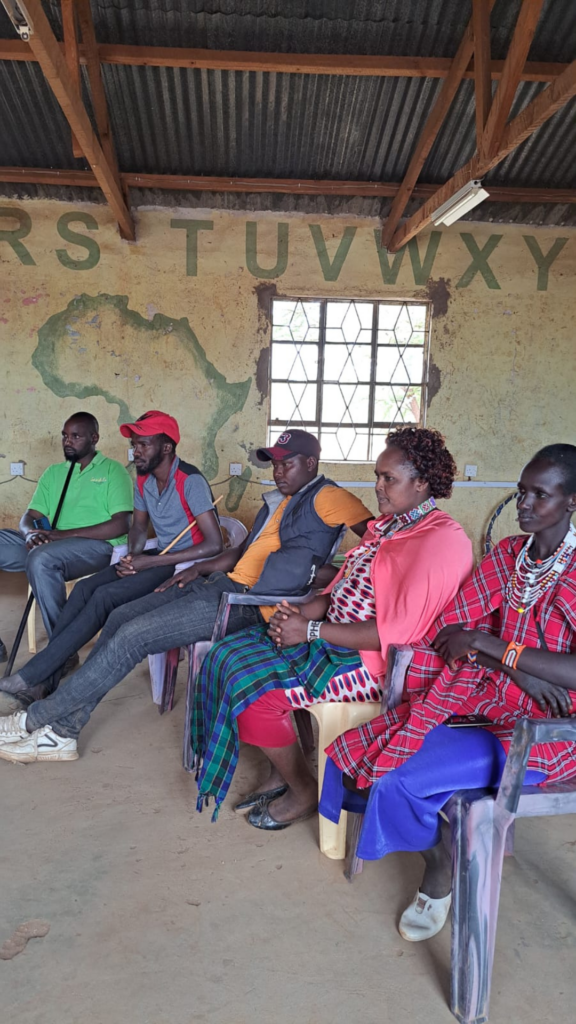
WeCare Association takes action against FGM and teenage pregnancies
Members of the parents’ meeting were extremely positive about the work of the WeCare Association. In particular, the issues of FGM (female genital mutilation) and teenage pregnancies were discussed in depth. The meeting agreed that these problems must be fought to give girls a better future.
New demands for the program and rising food prices.
Another topic discussed at the meeting was the girls’ ability to perform, which is required to be accepted into the school’s program. It was decided that new girls must have both a certain level of achievement and come from very poor backgrounds. In addition, due to the sharp increase in food prices, an increase in the cost of staying at the Nasaru dormitory was discussed. This issue will likely lead to further discussion in the future.
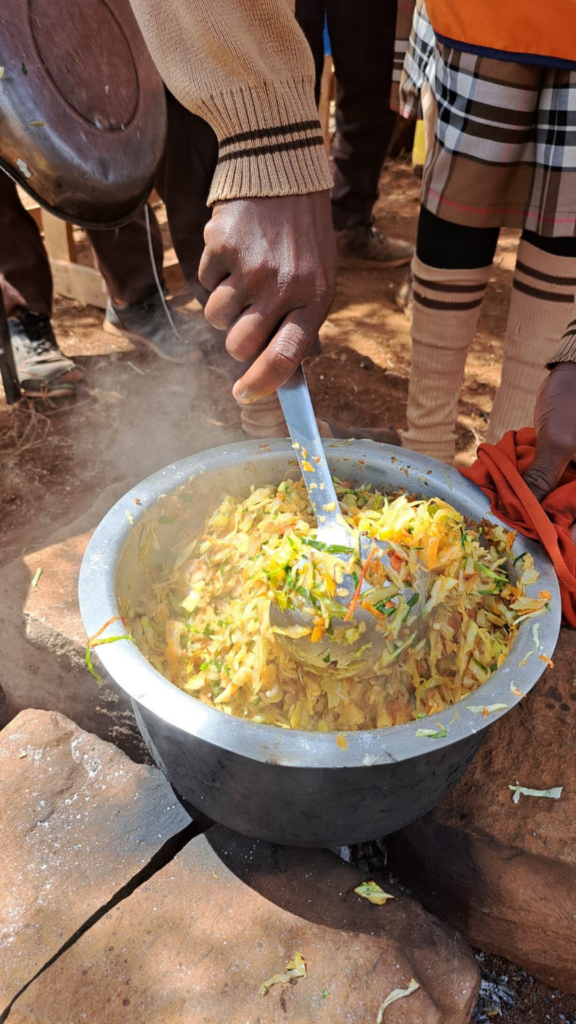
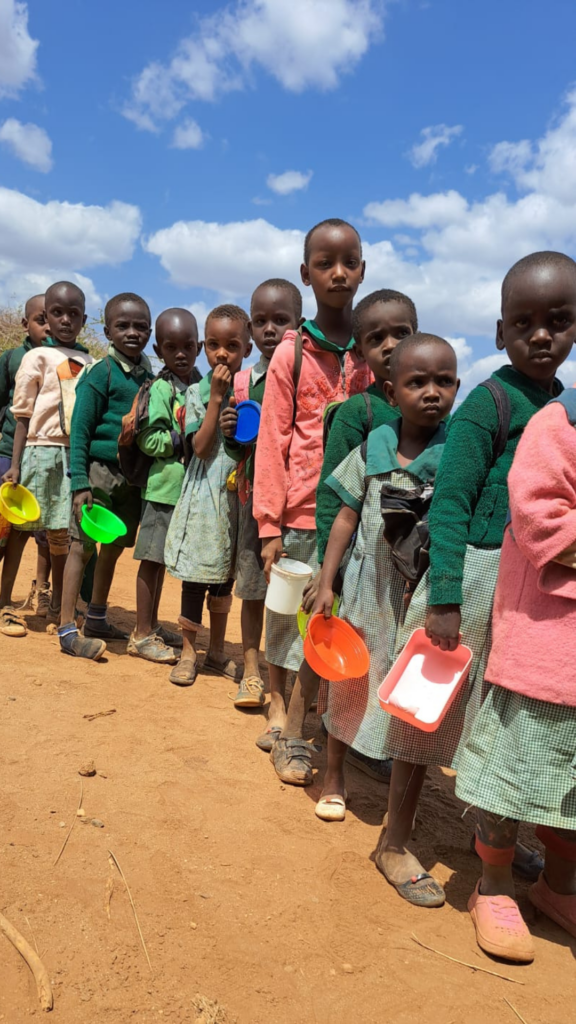
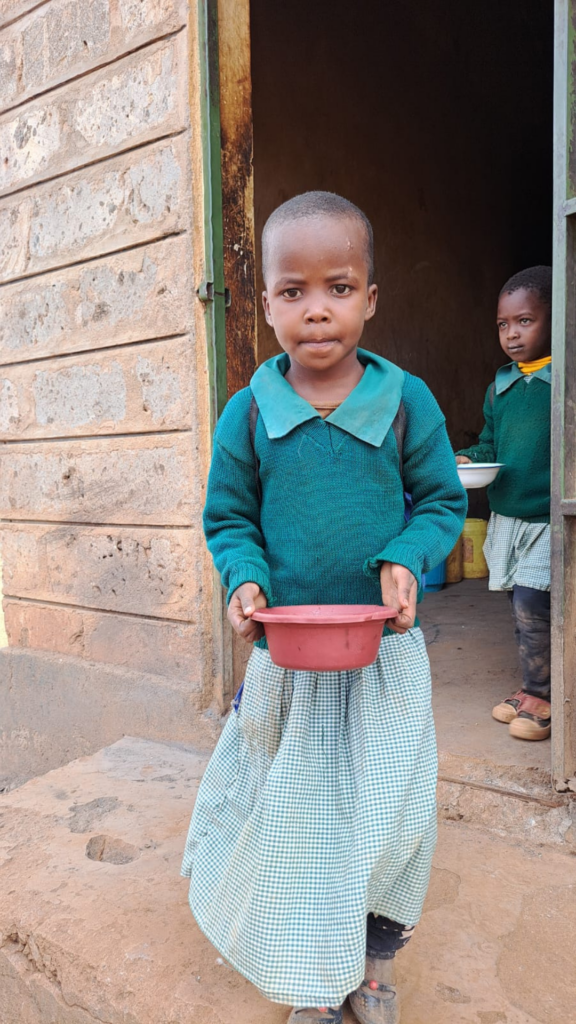

Higher administrative costs require a printer
Due to the newly introduced curriculum of the Kenyan government, the school needs a printer to cope with the increased administrative workload. This was addressed by the school administration during the meeting and will be implemented in the near future.
Chief Petro as elected representative against FGM and teenage pregnancies
Chief Petro, the elected representative of the community, also spoke out against FGM and teenage pregnancies. His presence at the parent meeting underscores the importance of these issues to the community.
Repair of the entrance gate and completion of the fence
The entrance gate to the school was destroyed by elephants in search of water. The school is now planning to repair the gate with the help of the community. Another issue was the fence, which is still not completed. The needed material is already on site and the meeting decided to mobilize some men to finish the fence.
Appreciation of teachers and maintenance work
Parents expressed their displeasure that teachers receive useful gifts such as rice and ugali flour during visits to Iloshon. However, Agnes Gitonga was able to explain that this appreciation to teachers is done for the benefit of their children. In addition, positive developments were mentioned regarding the maintenance work on the drainage pipes of the toilets and the orderliness in the rooms of the dormitory.
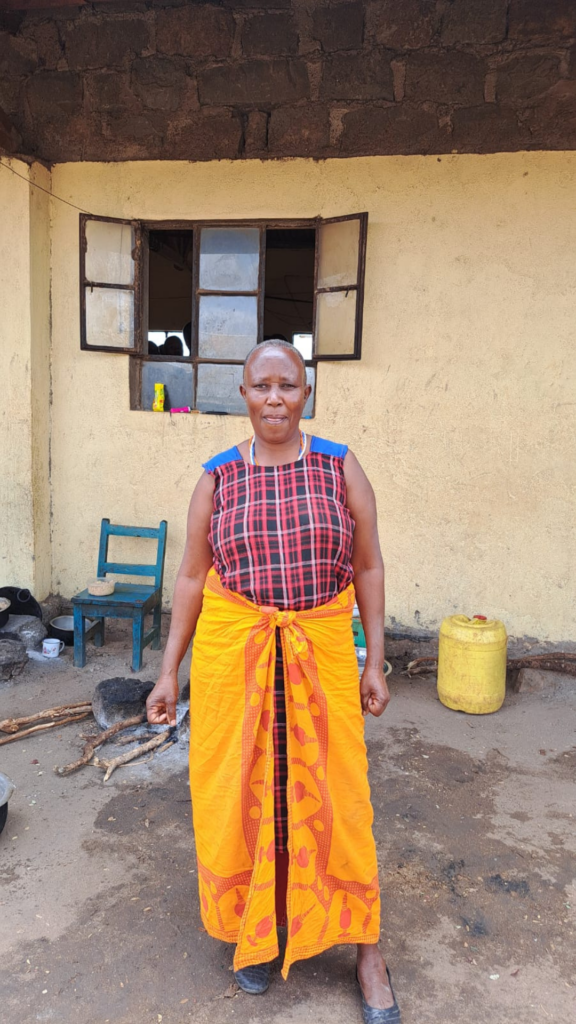
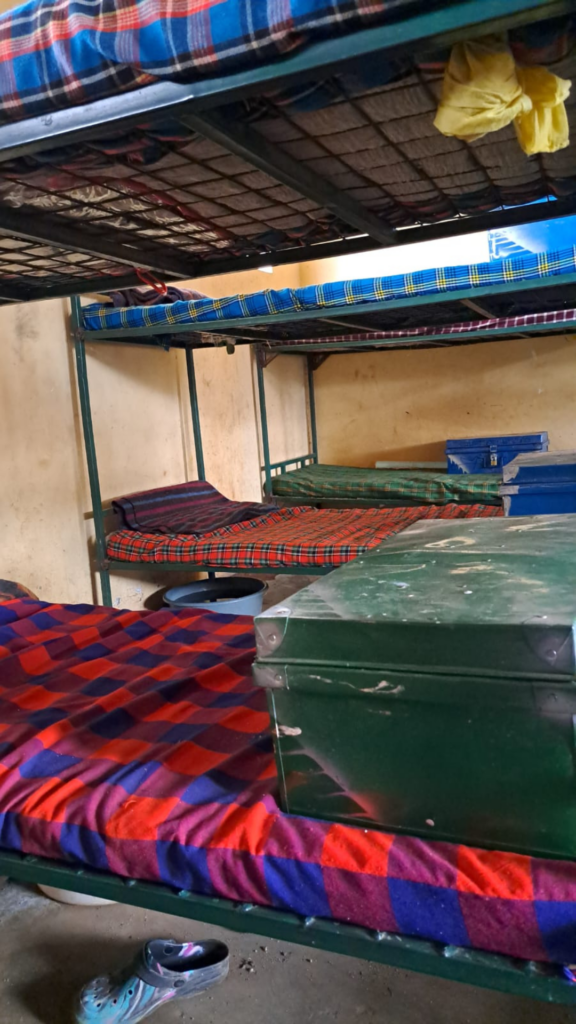
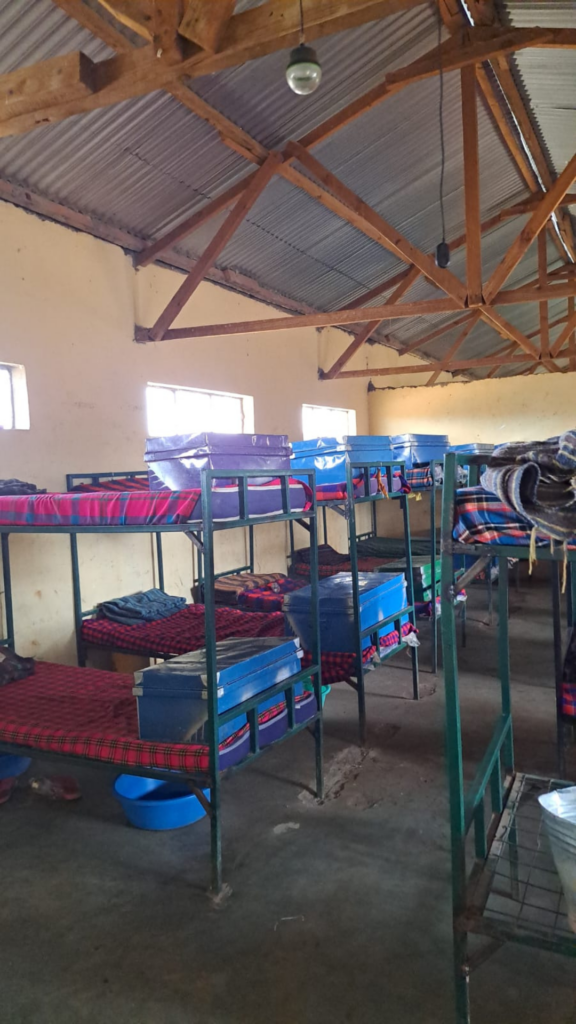
Installation of a rain gutter planned
During the construction of the dormitory, the installation of a rain gutter was omitted, which leads to stagnation of water in the courtyard when it rains and does not collect the valuable water. To solve this problem, it is planned to meet the two companies that offer rain gutters during a next visit to Kenya at the end of October 2023. There, the possibilities and costs for the installation of a rain gutter will be discussed.
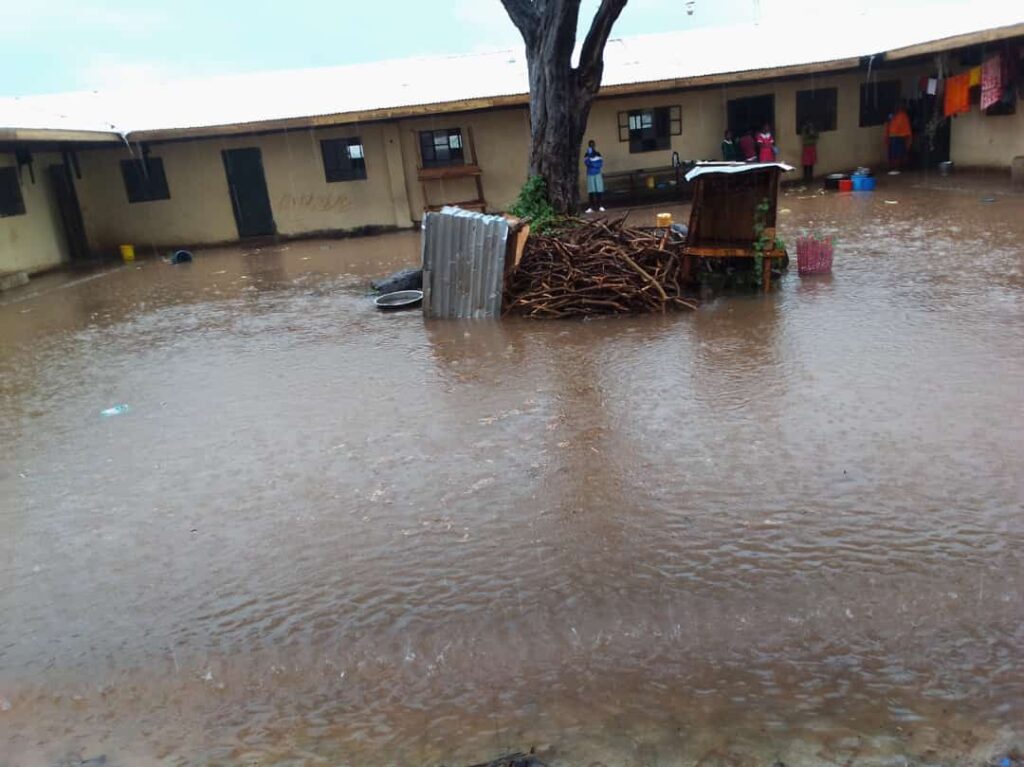
In conclusion, the visit to Iloshon was extremely positive. The parent meeting was successful and important issues such as FGM, teenage pregnancies and girls’ performance were discussed. The WeCare Association is actively campaigning against these issues. In addition, challenges such as increased food prices and the need for a printer for the school were addressed. Repairing the entrance gate and finishing the fence are other projects being worked on. Teacher appreciation and positive developments in terms of maintenance work are also worth mentioning. In the future, the installation of a rain gutter is planned to solve the problem of water logging.
The visit to Iloshon shows that the community is engaged and driving positive change. The WeCare Association plays an important role in this and is committed to the education and well-being of the girls. With further support and collaboration, even more positive developments can be achieved in Iloshon.

